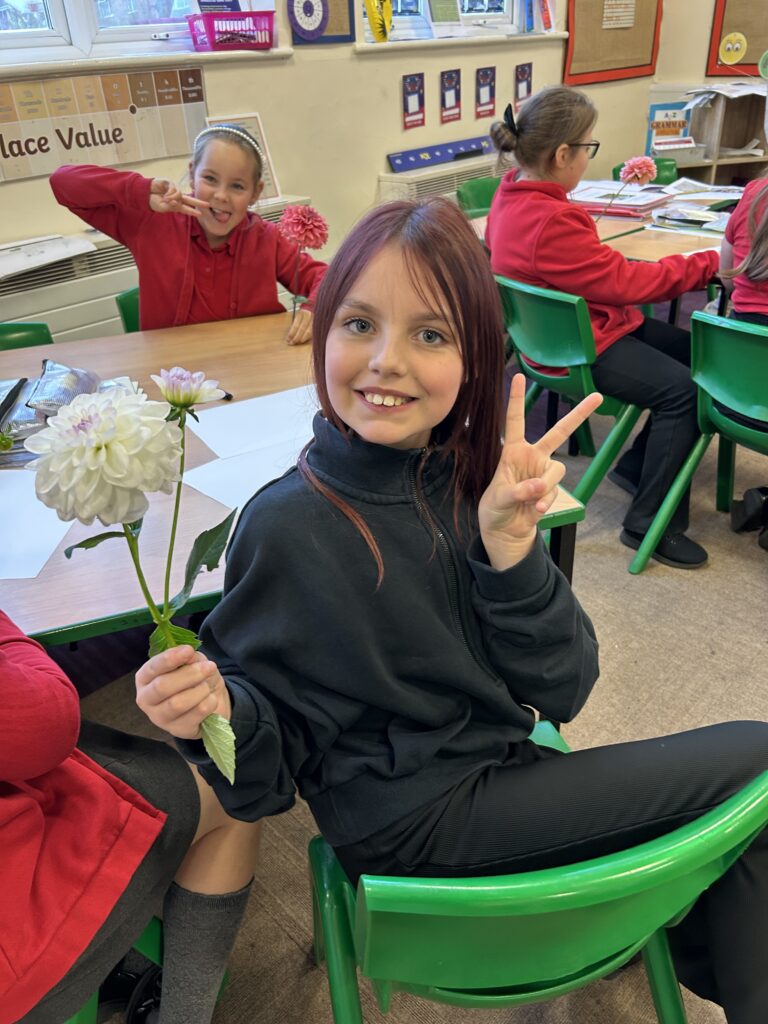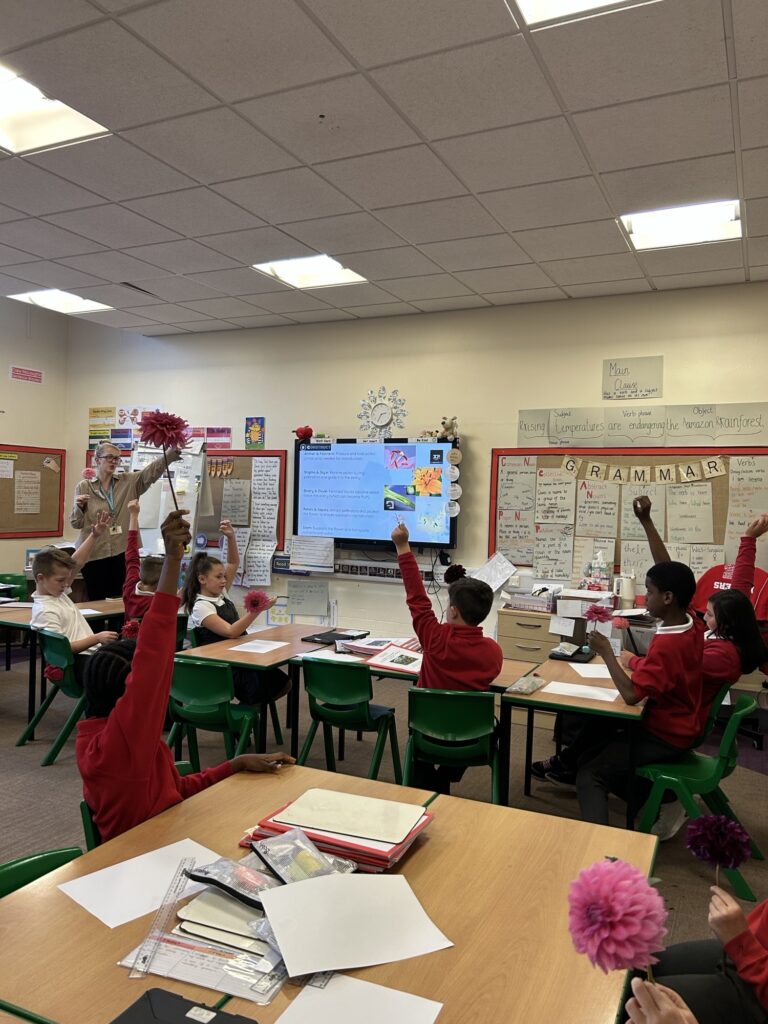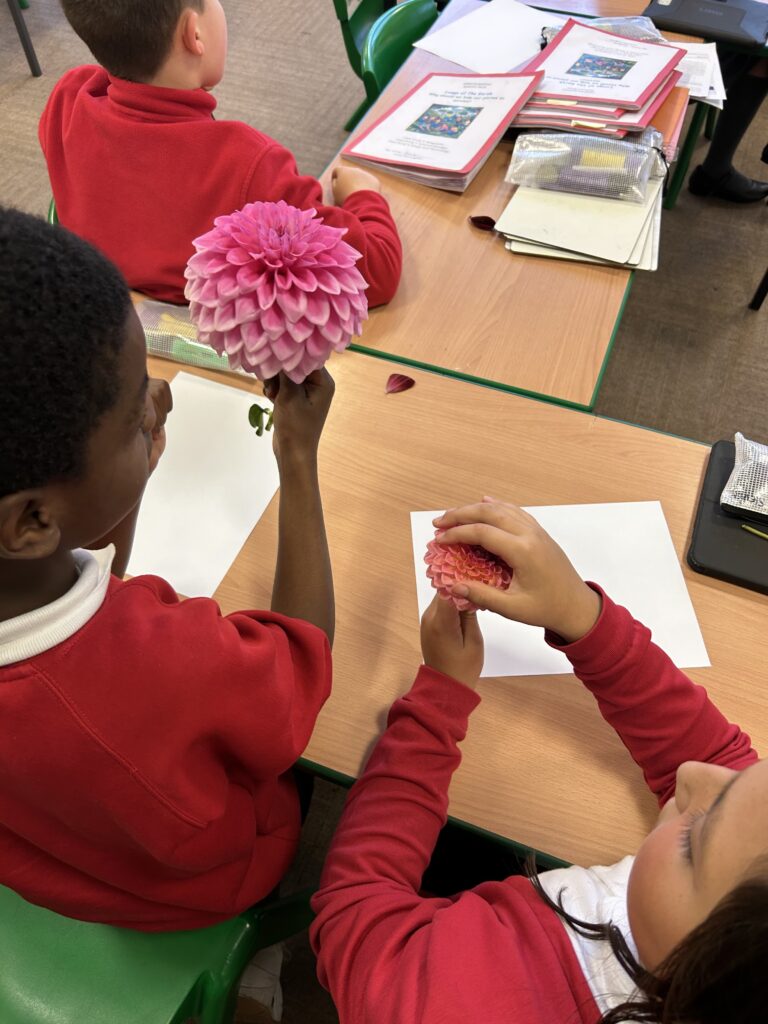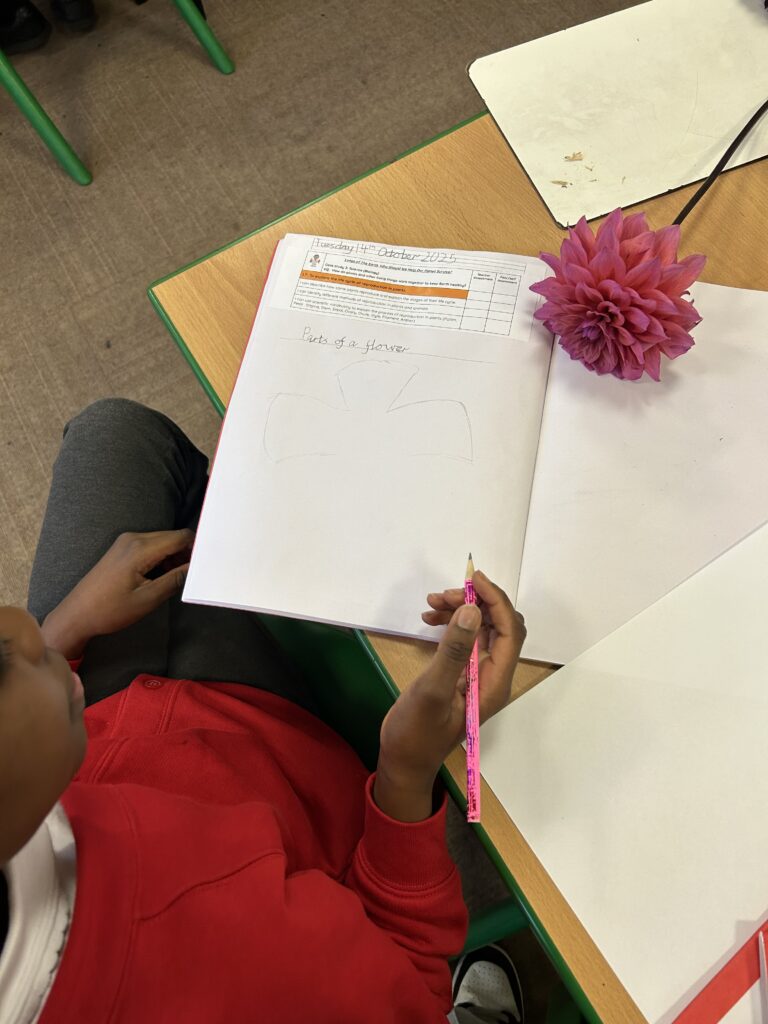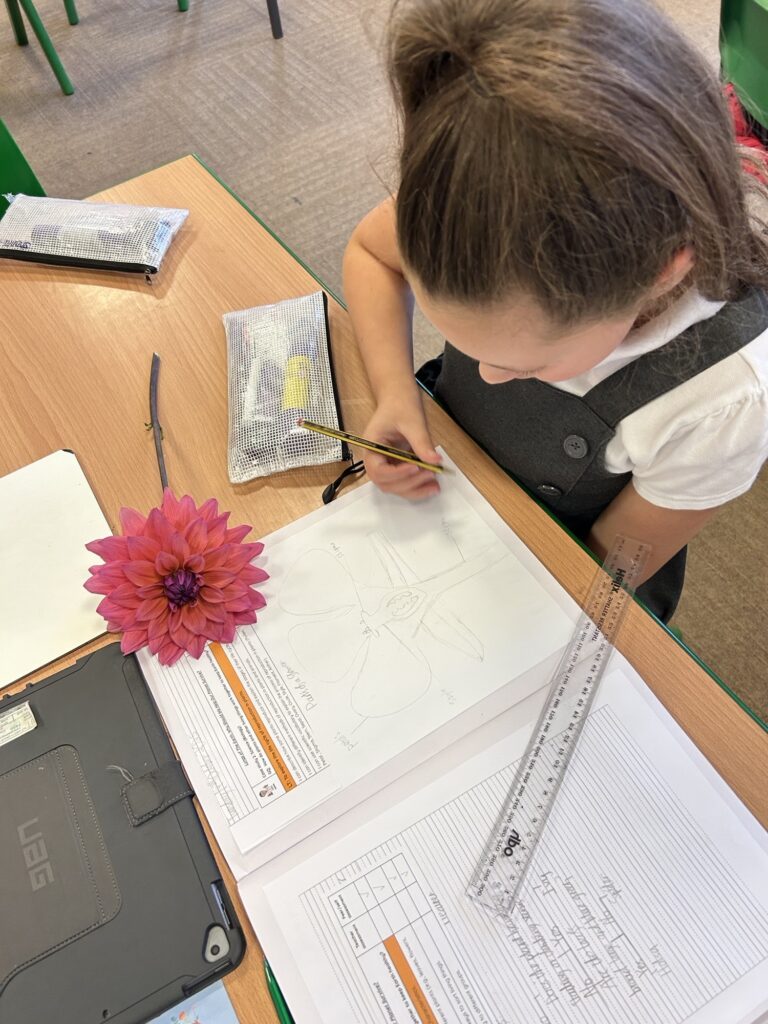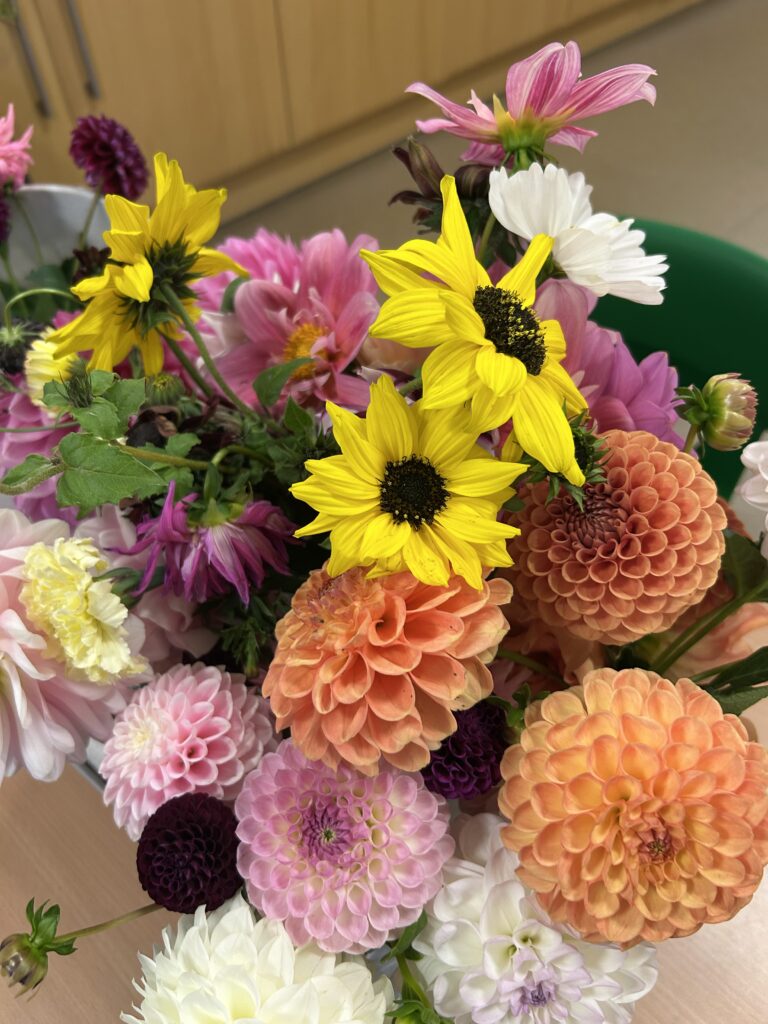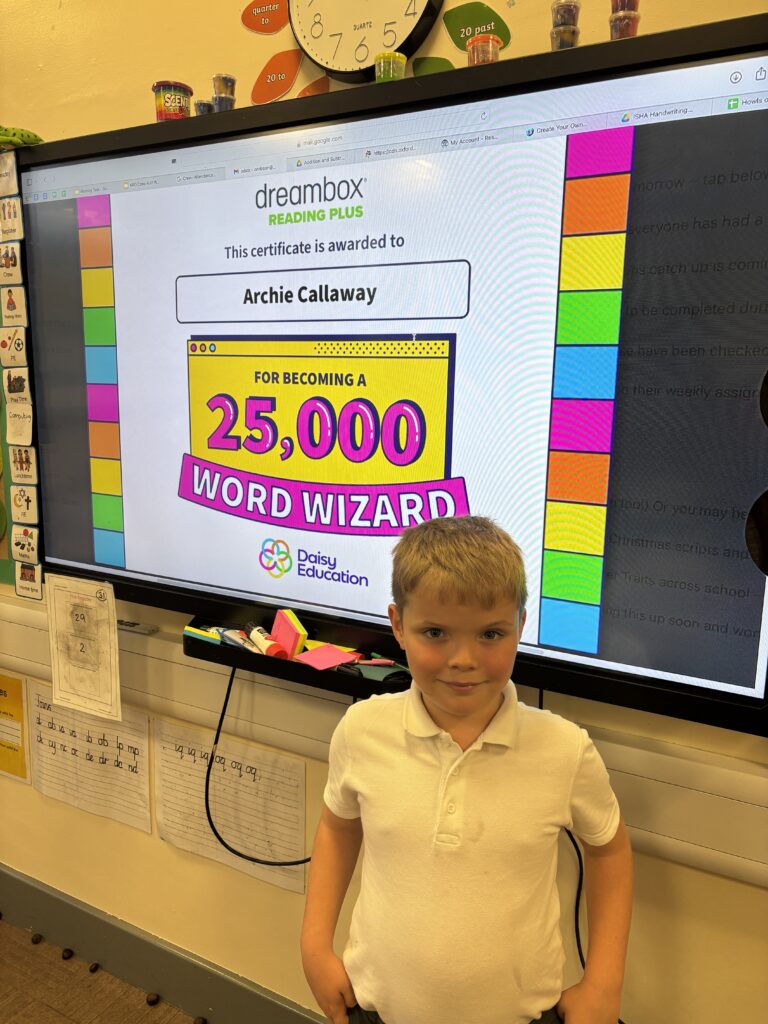
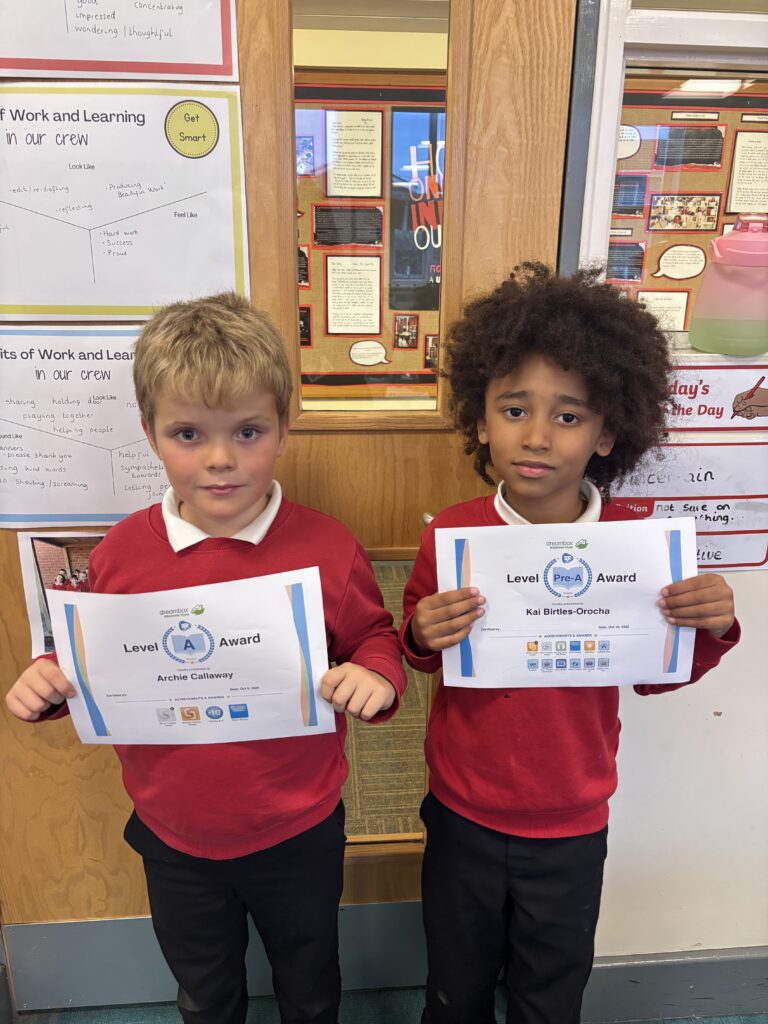
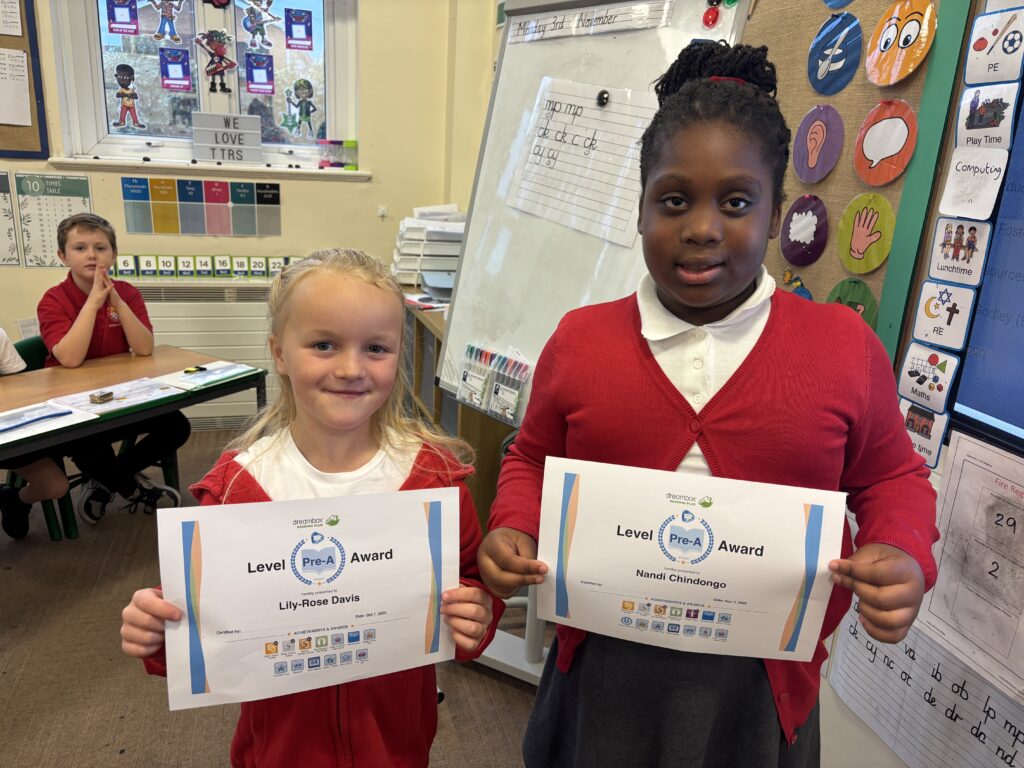
A huge shoutout to these children who are absolutely smashing reading plus at the minute.
All these children have achieved their Pre-A awards and Archie has been recognised as a word wizard too!
Keep it up!
Post inside this category will show up on the front page



A huge shoutout to these children who are absolutely smashing reading plus at the minute.
All these children have achieved their Pre-A awards and Archie has been recognised as a word wizard too!
Keep it up!
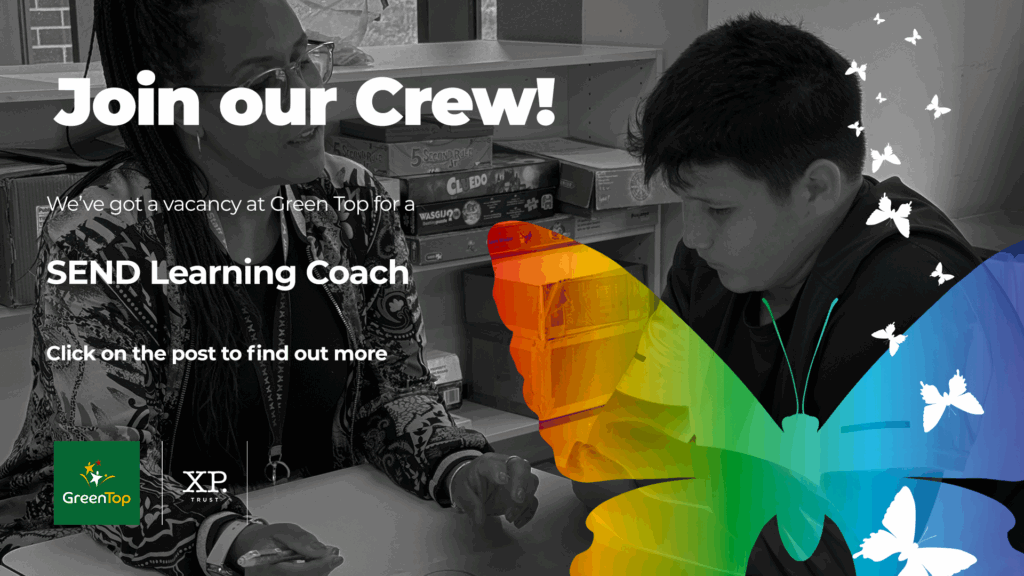
Find out more and apply here to #JoinOurCrew: https://xptrust.org/green-top-send-learning-coach/
Here’s a selection of beautiful work from across the XP Trust!
To read about other stories from across the XP Trust, visit xptrust.org.
Two NJS Teams enjoy success! @ Norton Juniors
Expert Visitor – Ed Miliband @ Norton Infants
Crew Peake – Shining stars! @ XP East
Congratulations to Hannah in G28 Crew Frank! @ XP Gateshead
This week, Crew McLoughlin have used story maps to plan their independent writing. They came up with lots of amazing different endings of how The Lorax might end. Using their story maps, they organised their ideas and thought carefully about how to bring the story to a happy ending. At the end of the lesson, a few brave volunteers stood in front of the class to share their wacky and wonderful alternative endings.
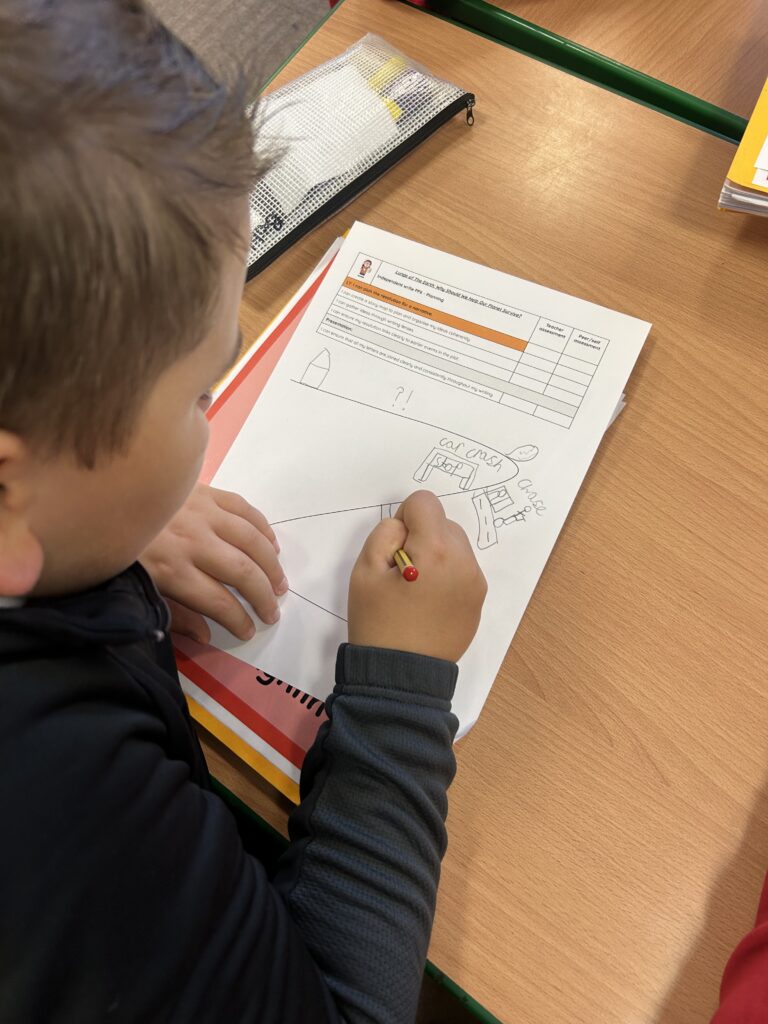
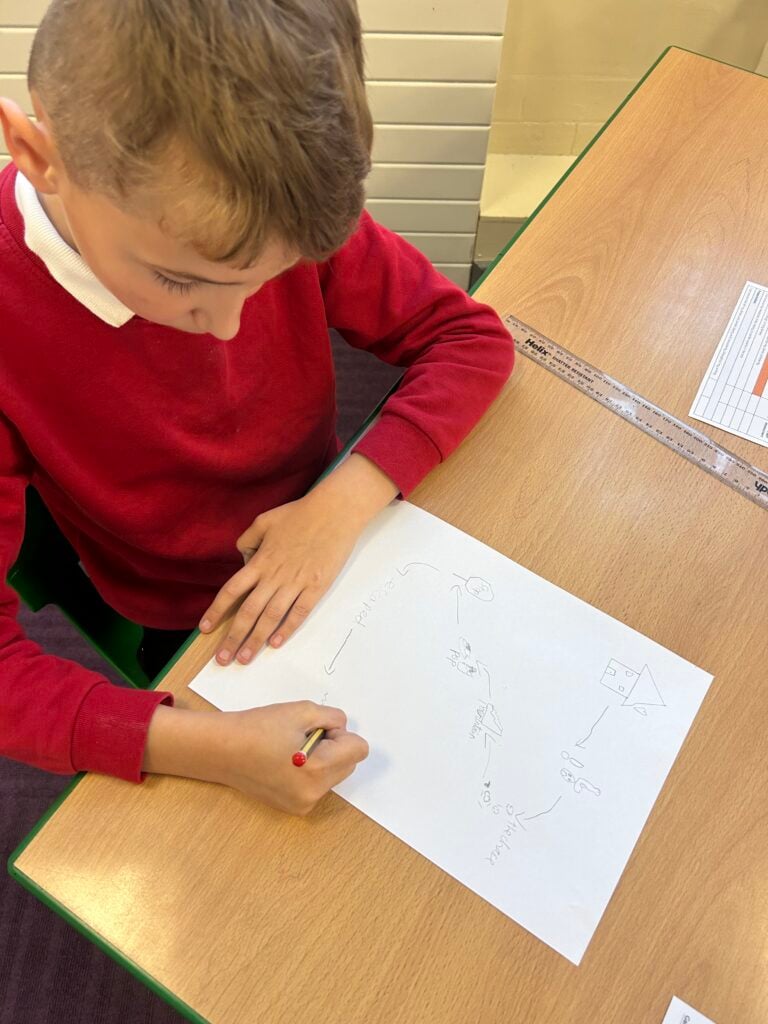
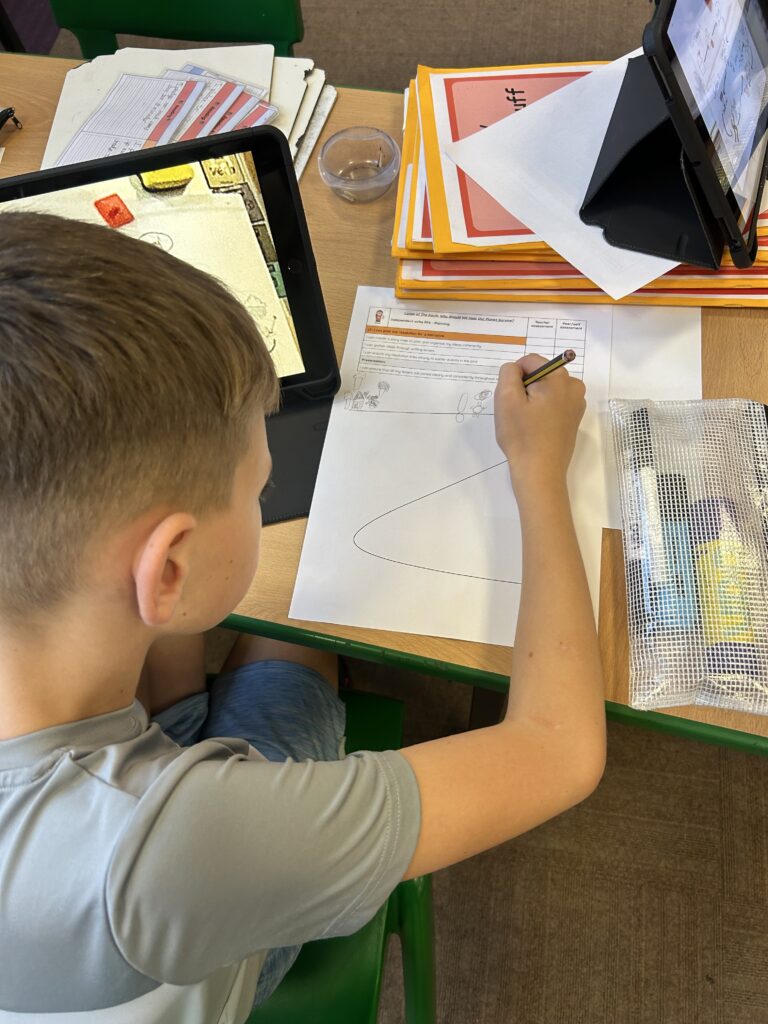
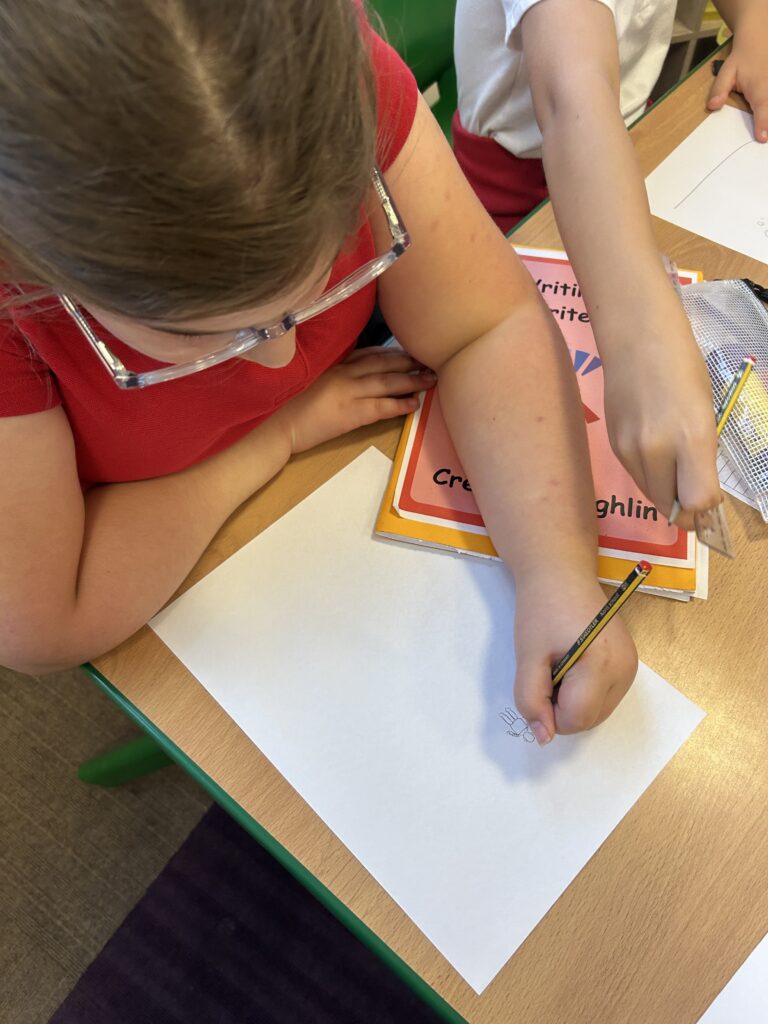
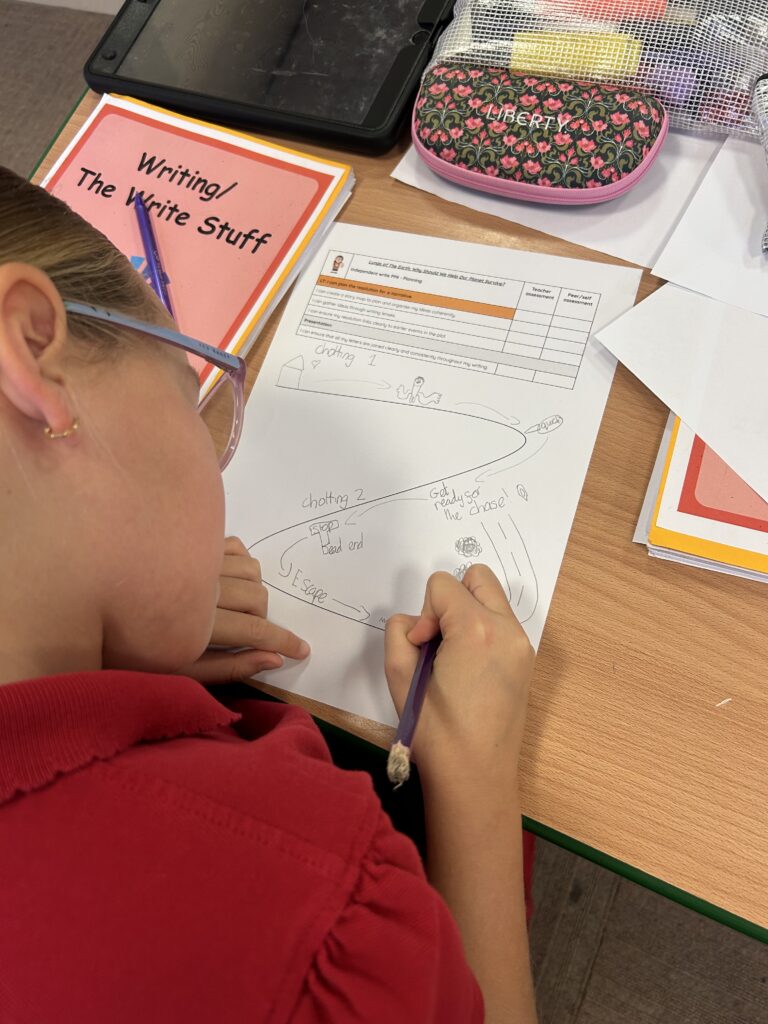
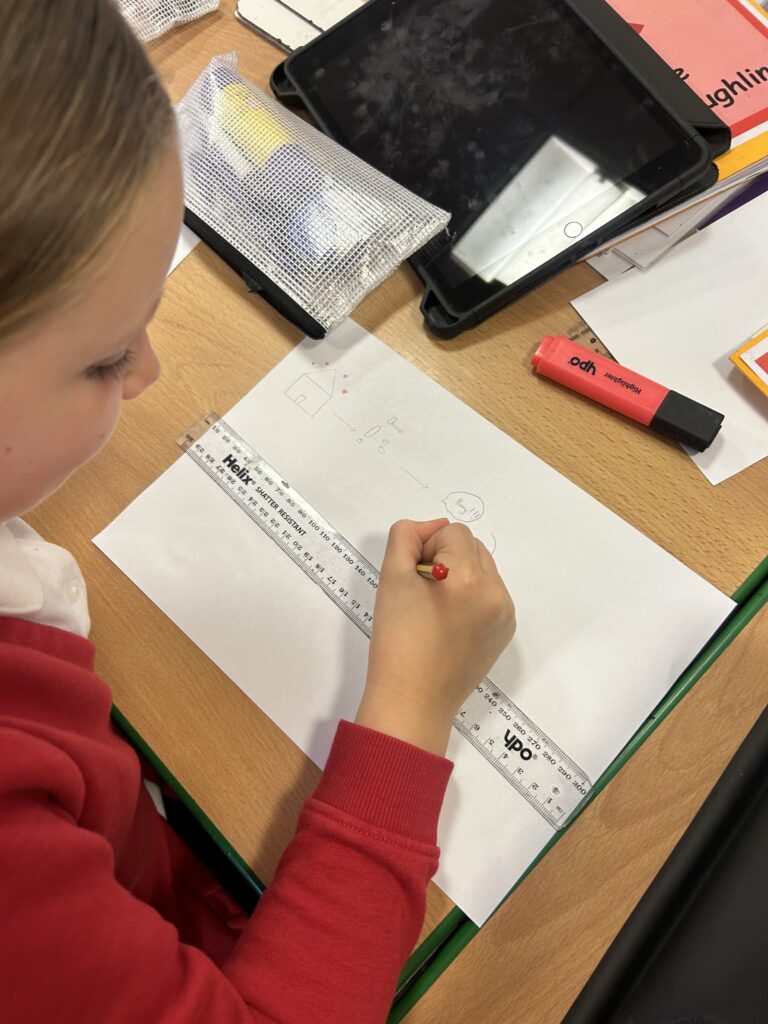
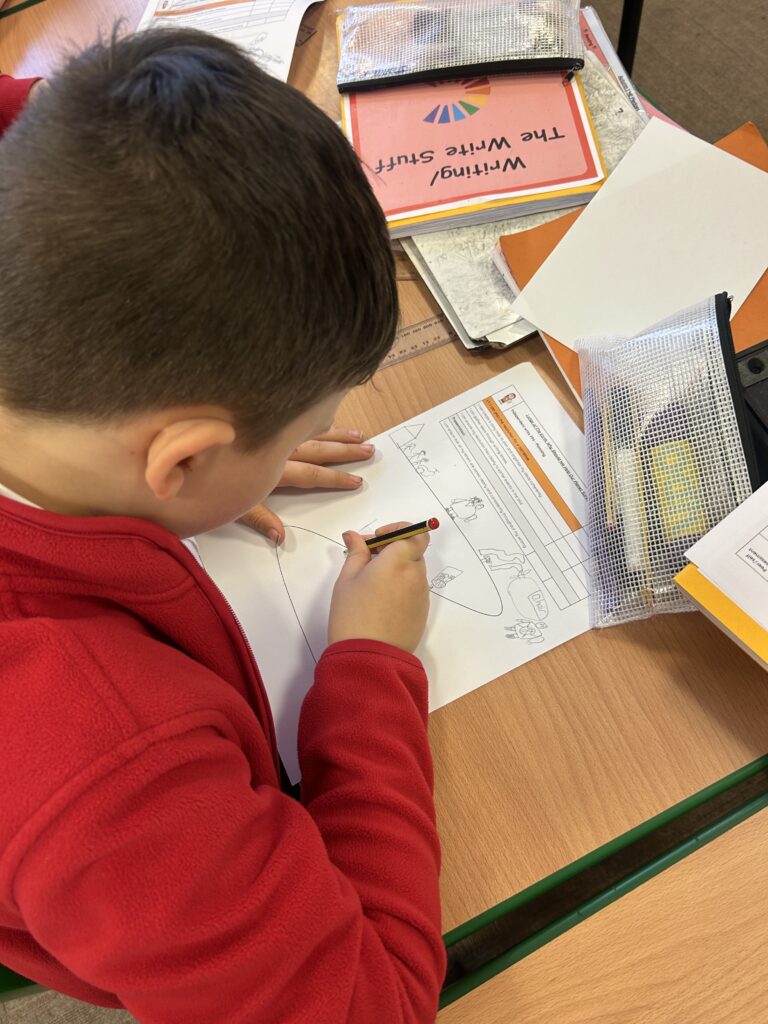
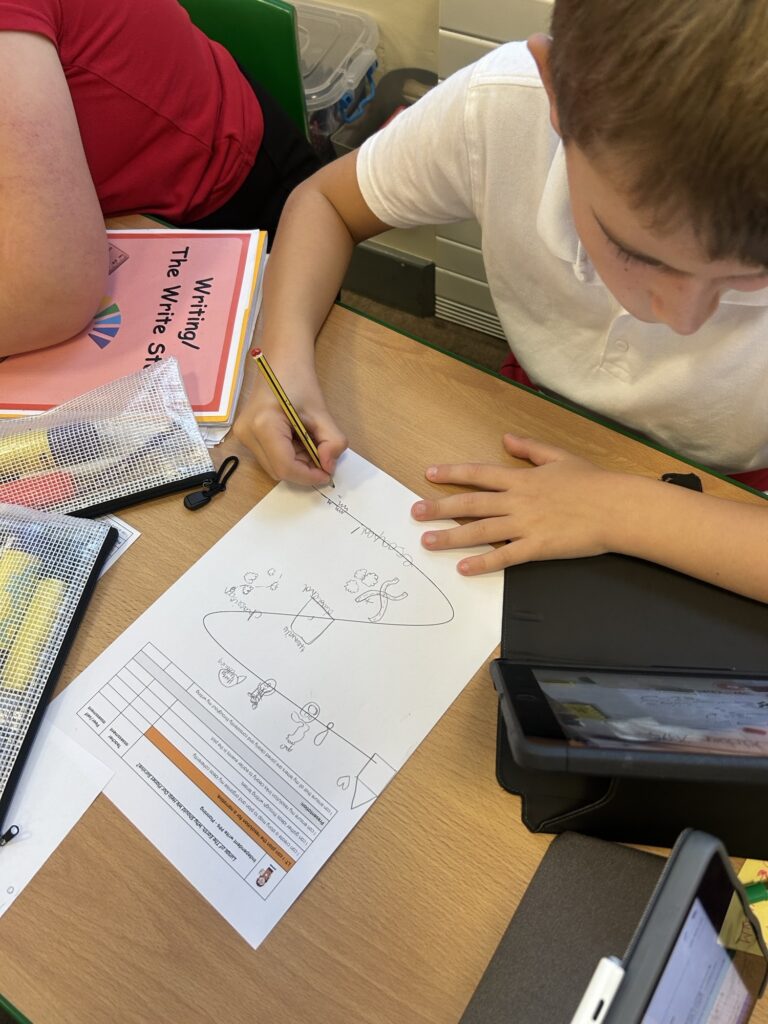
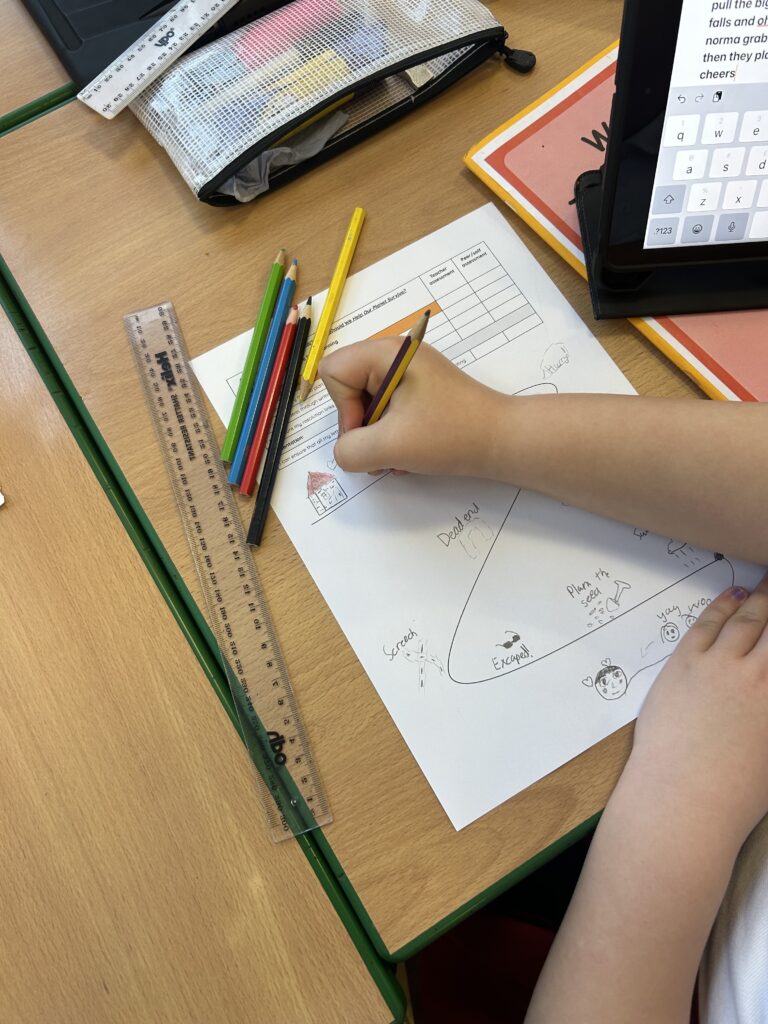
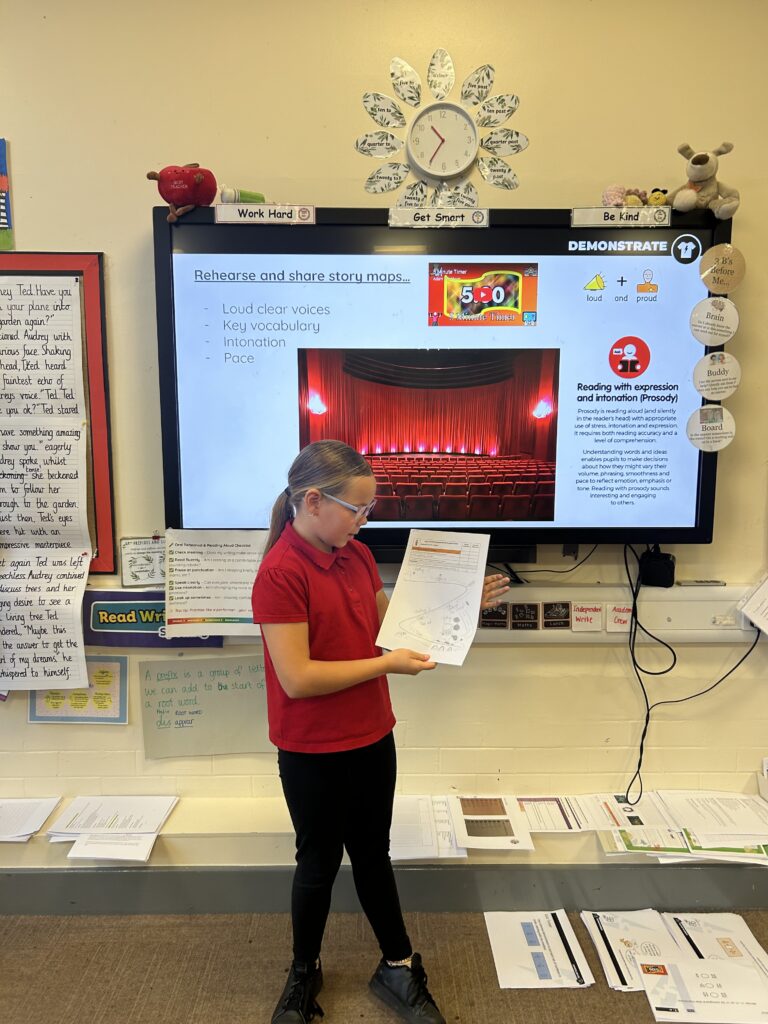
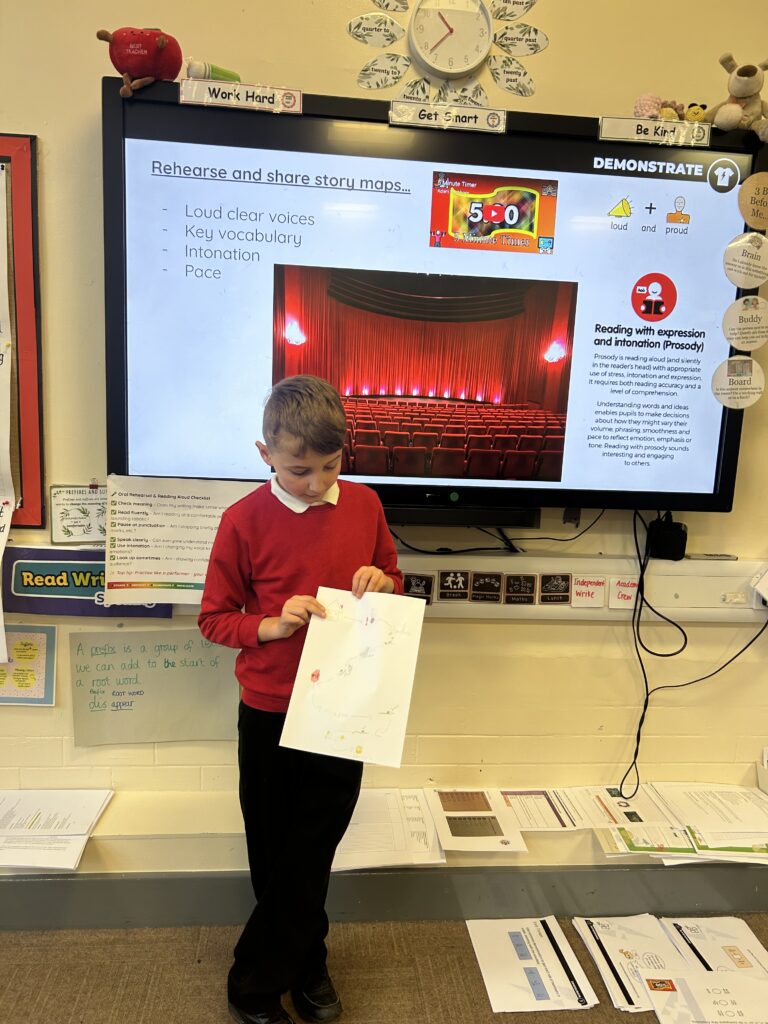
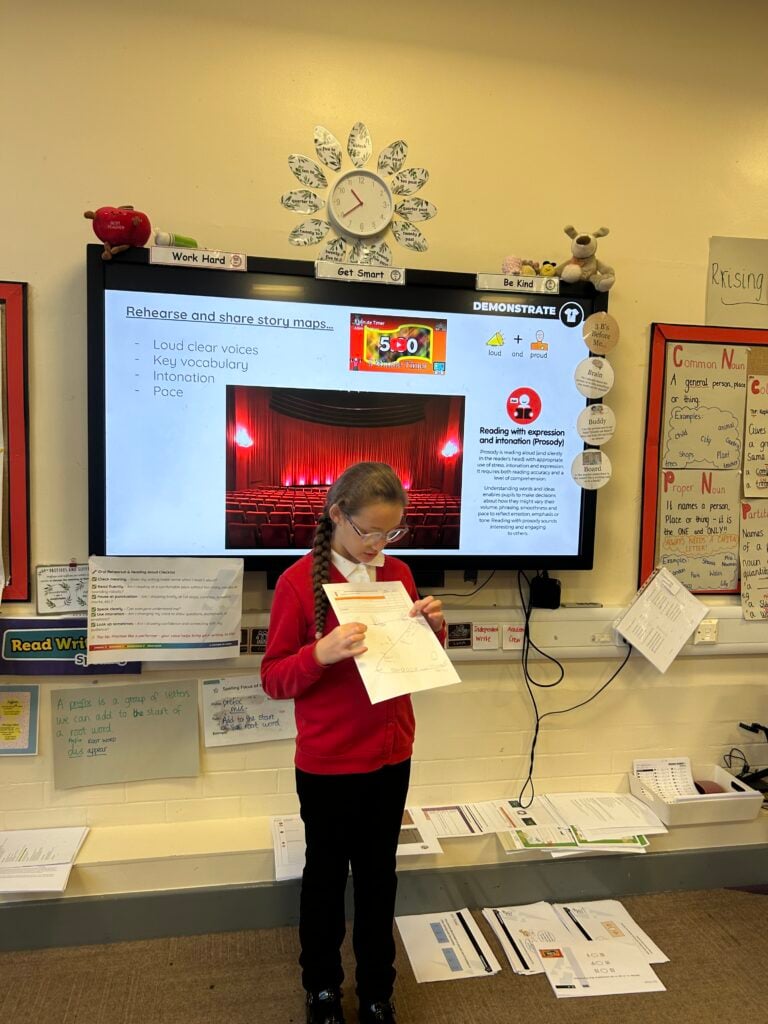
Today Crew Haddock enjoyed craving pumpkins ready for halloween.
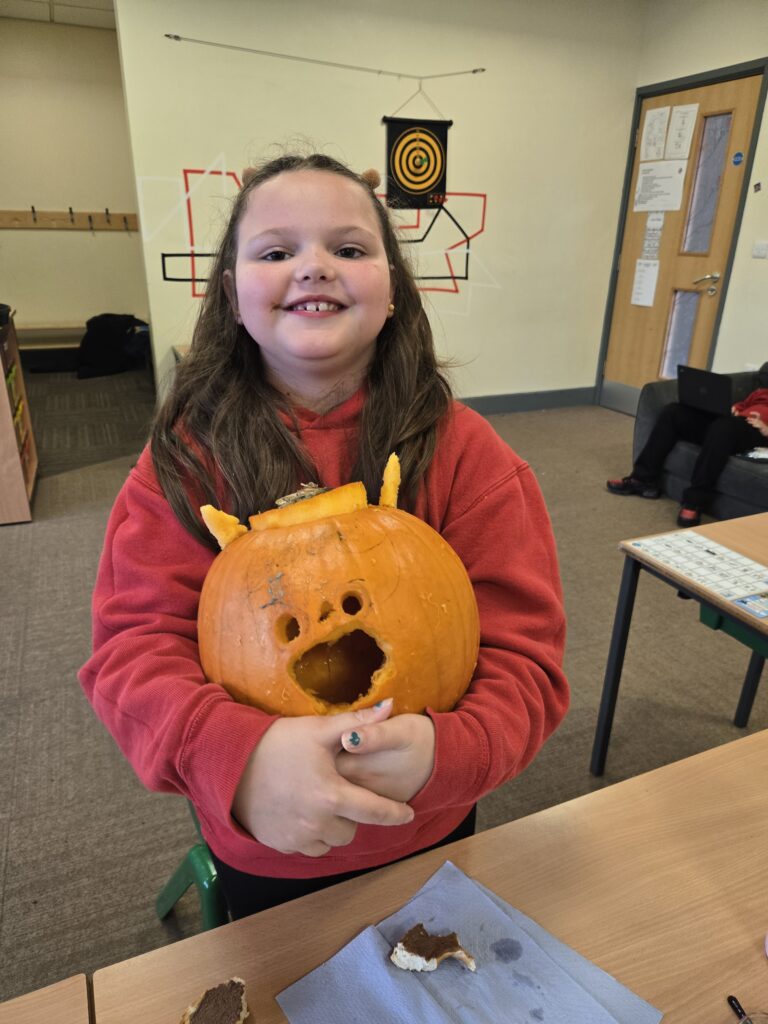
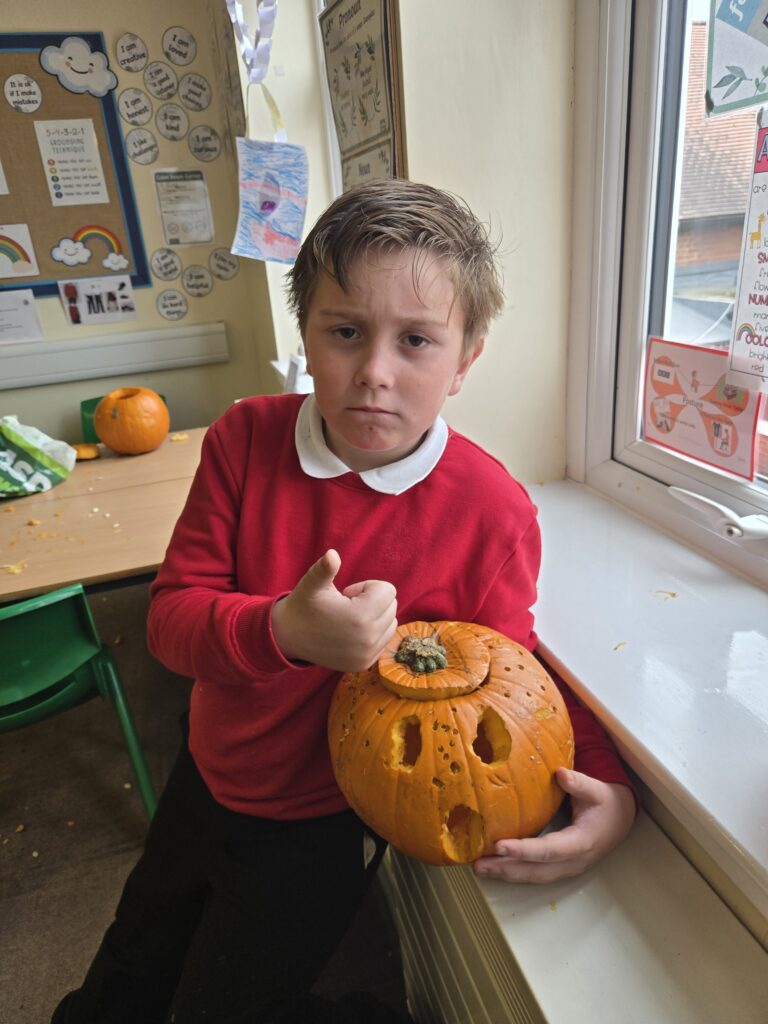
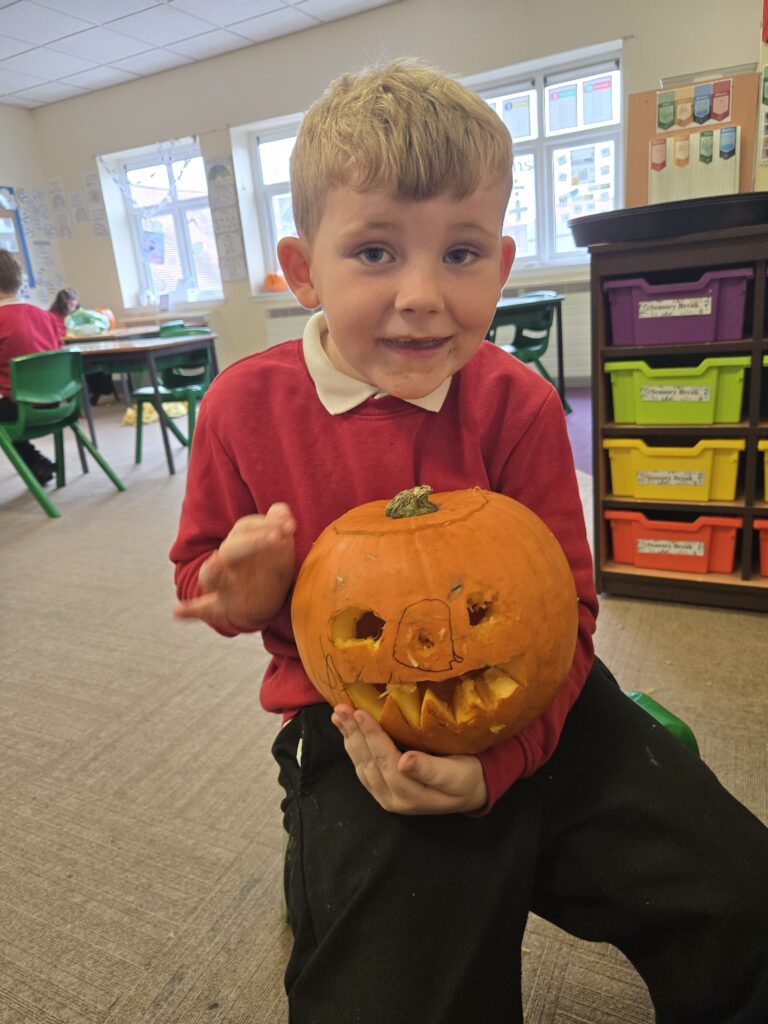
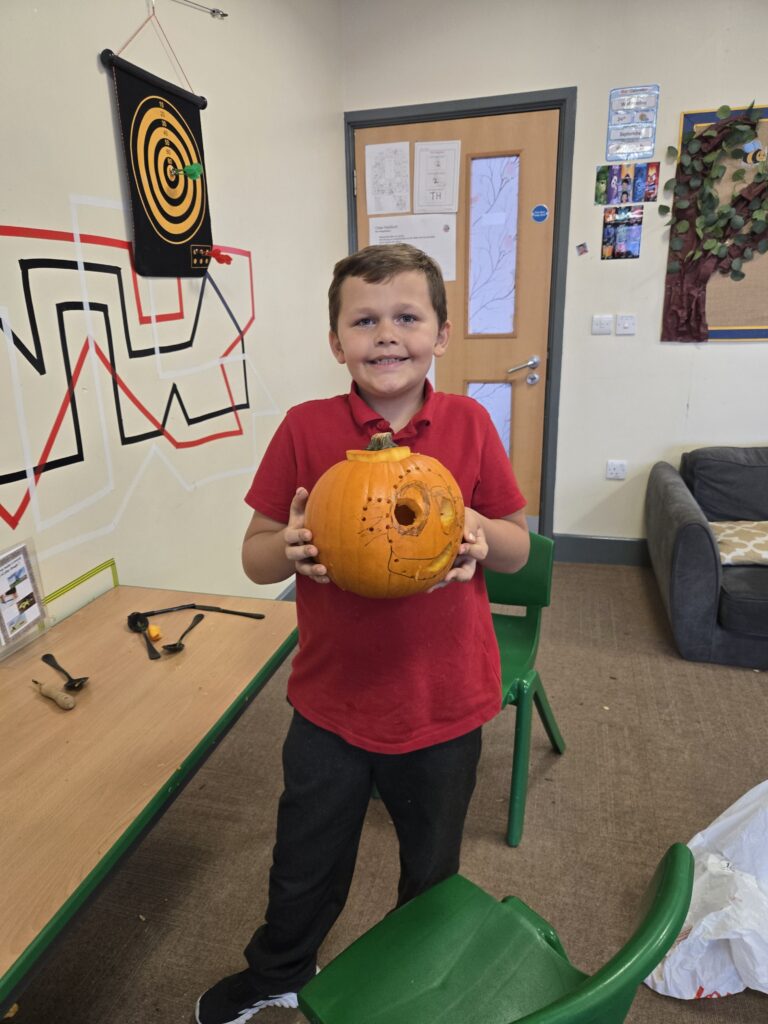
Year 6 had a fantastic time on our trip to Crucial Crew! We learnt so much throughout the day, including important lessons about road safety, bus safety, knife crime, and antisocial behaviour. Each activity helped us understand how to make sensible choices and stay safe in different situations.
It was a really fun and interesting day, and we’ll definitely remember and use what we’ve learnt as we move forward.
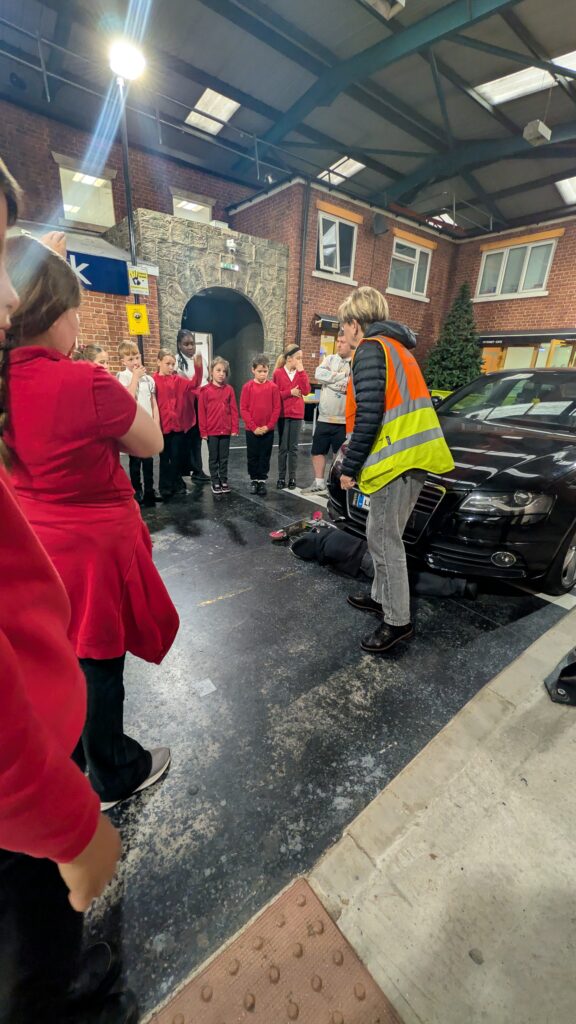
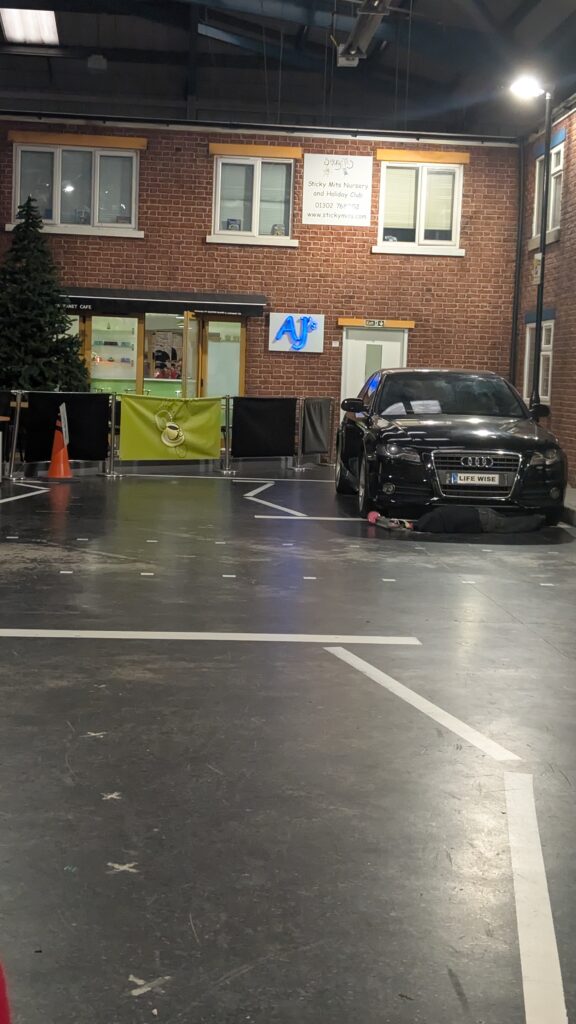
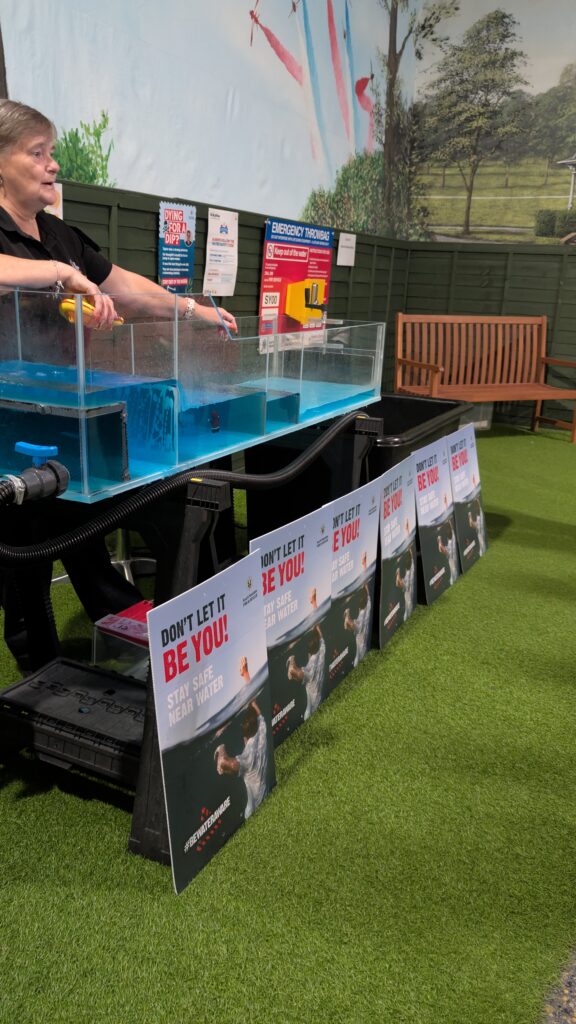

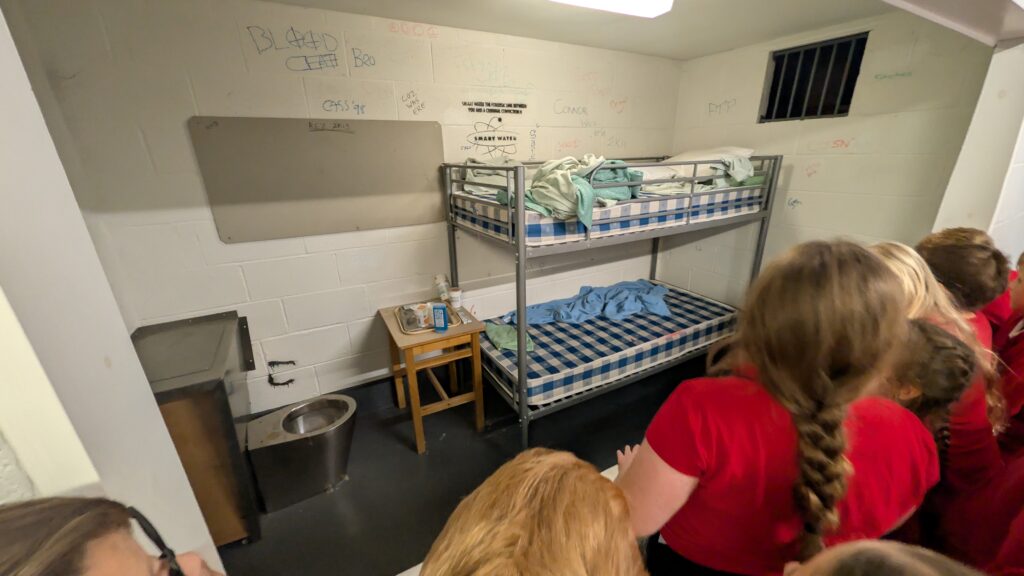
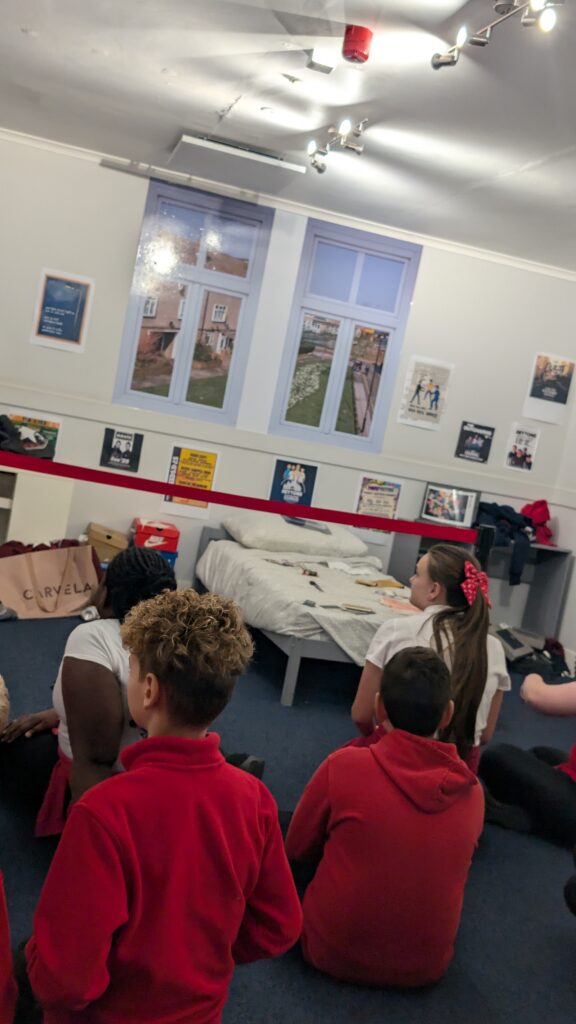
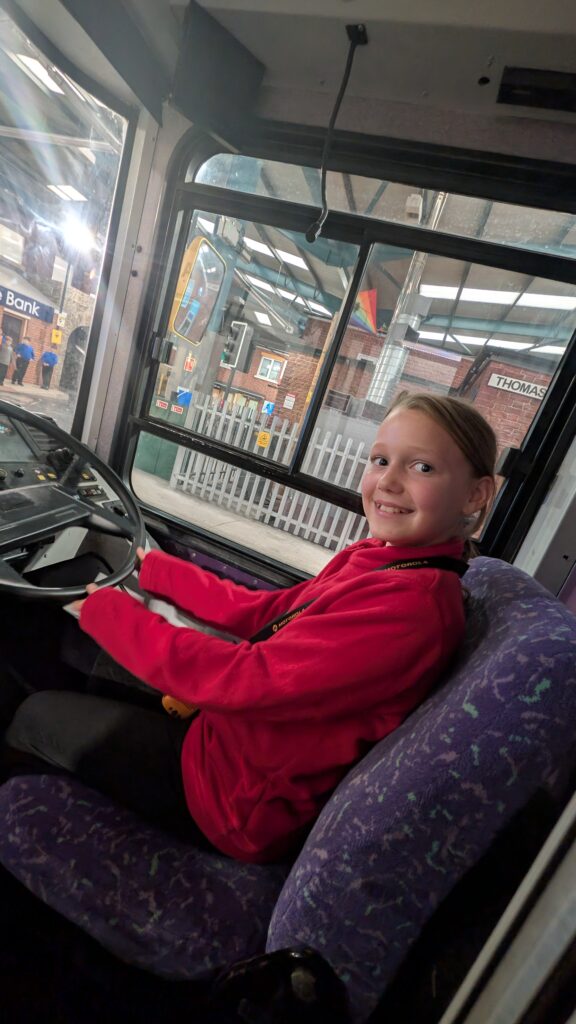
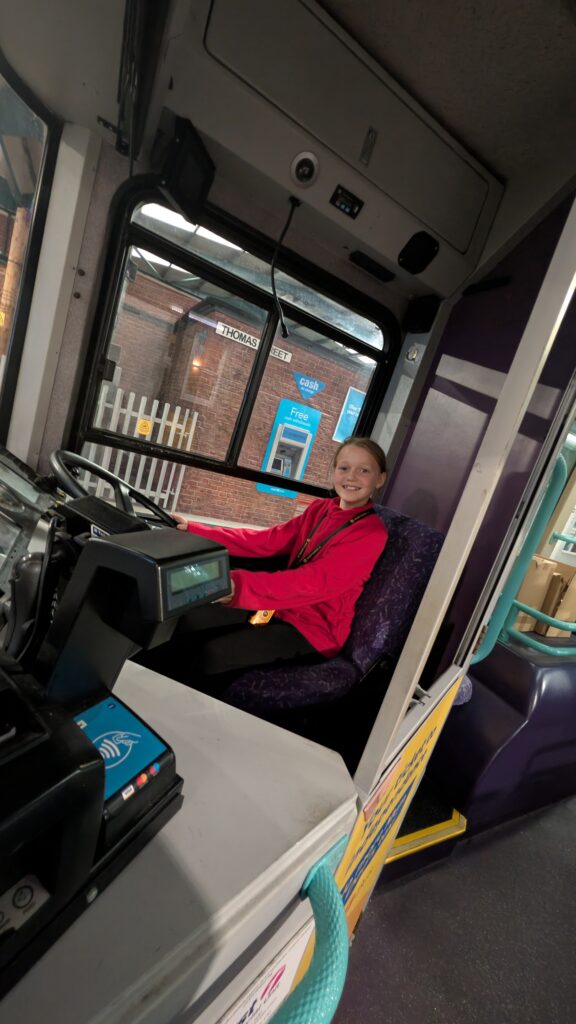
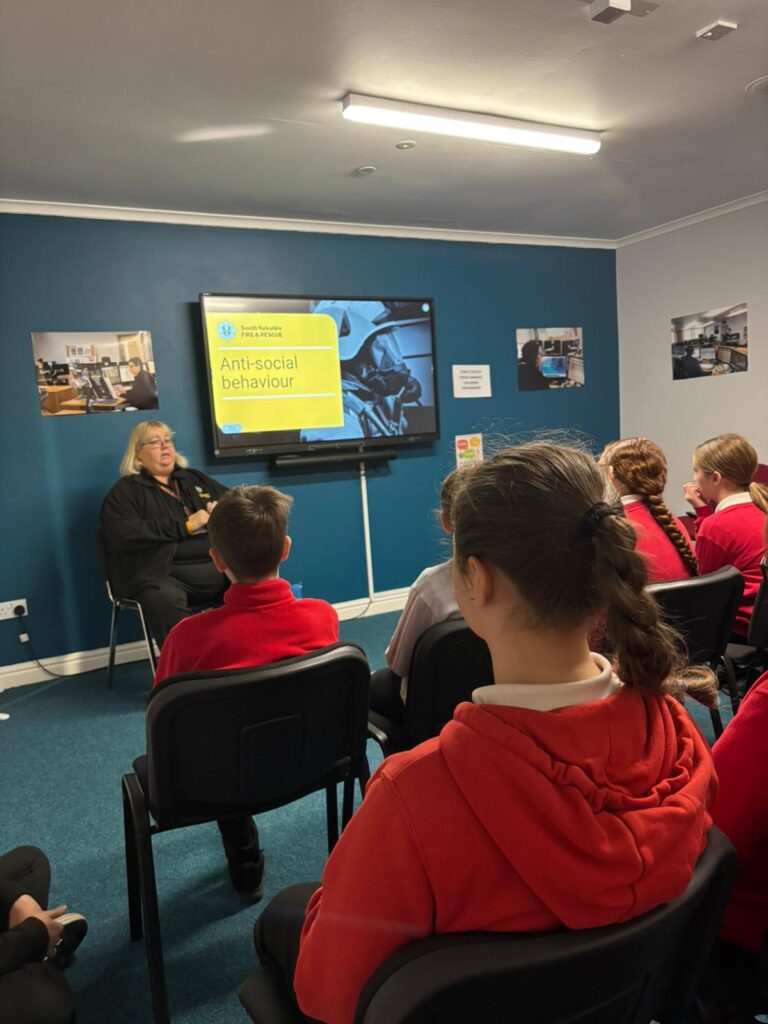
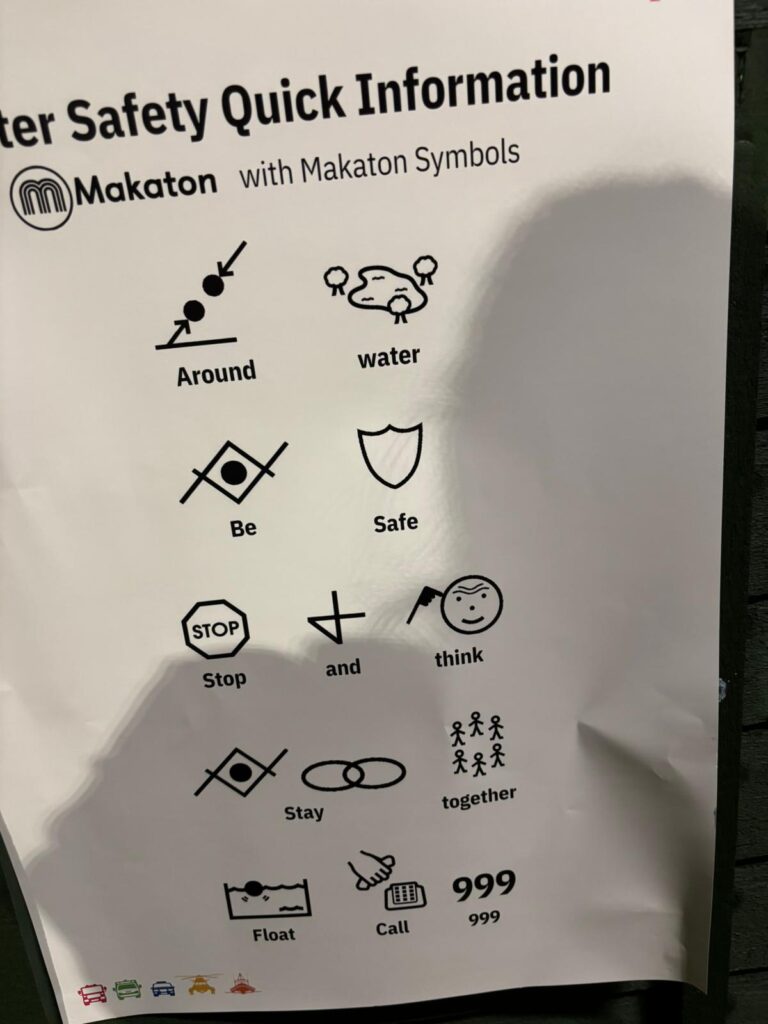
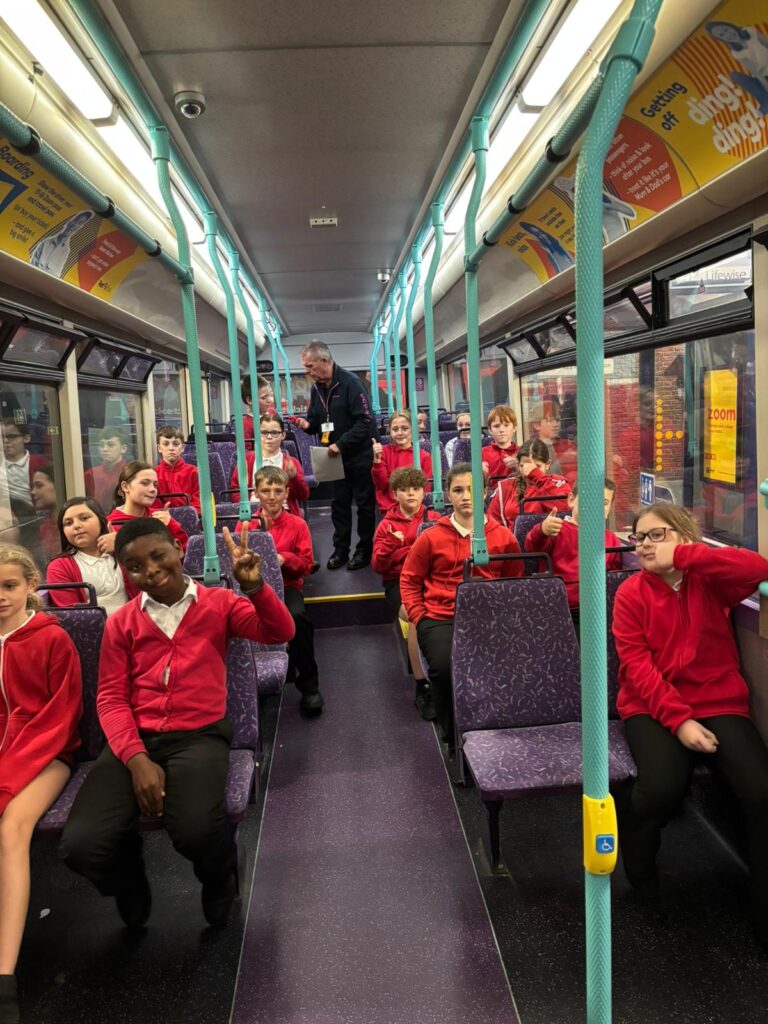
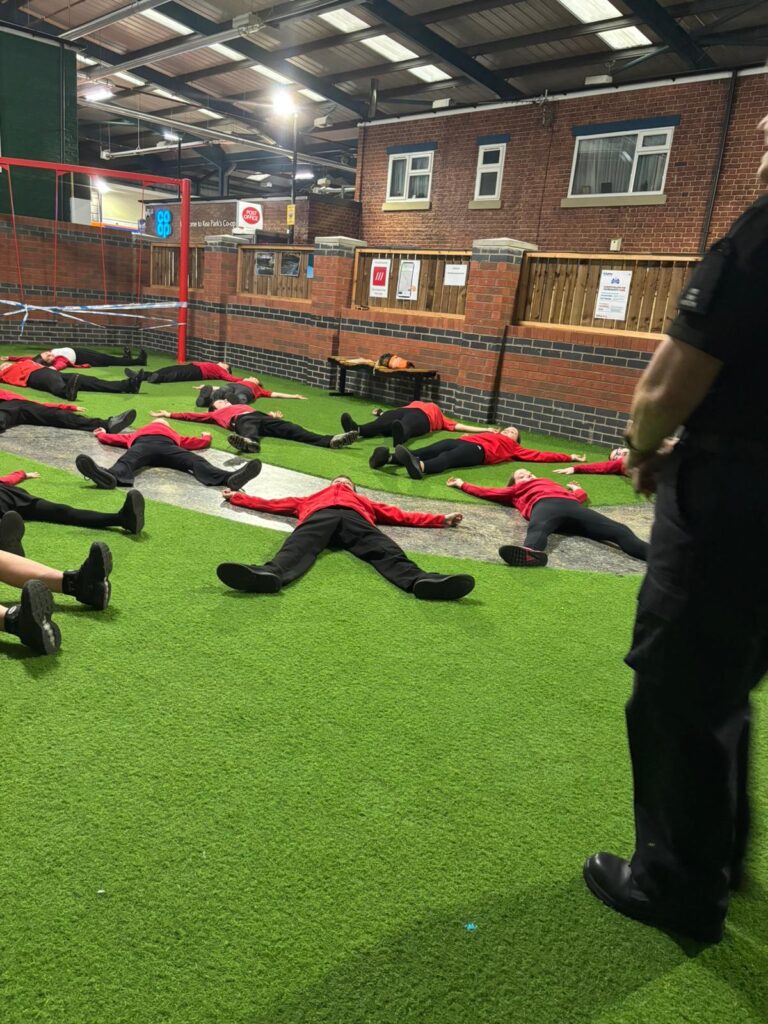

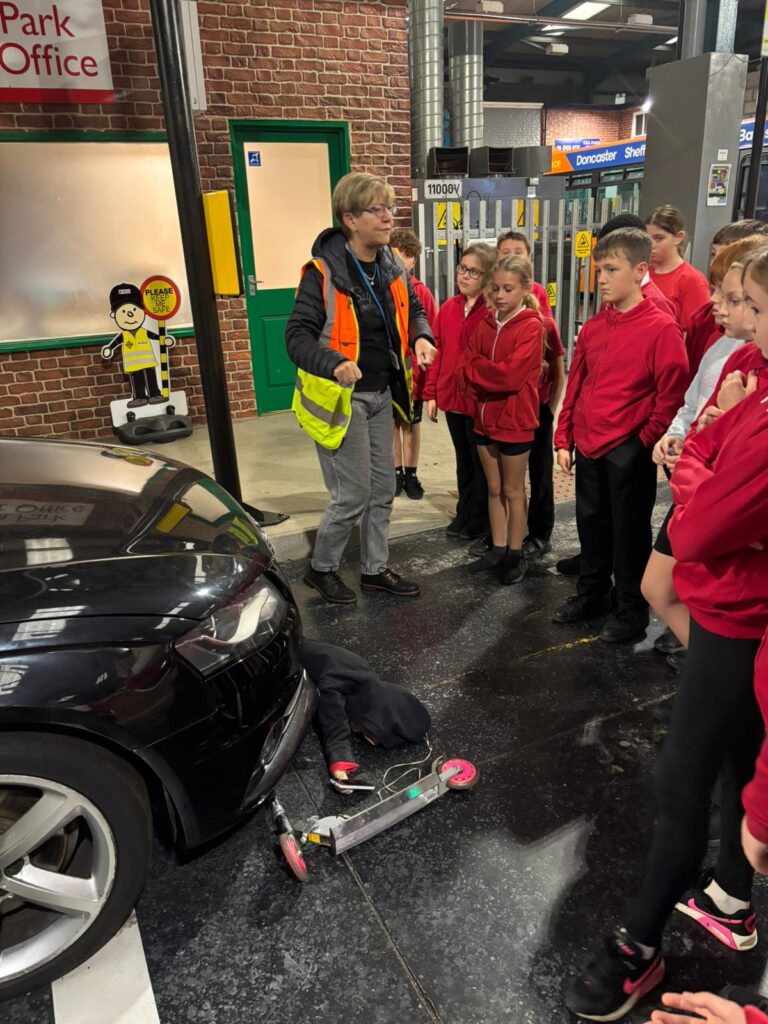
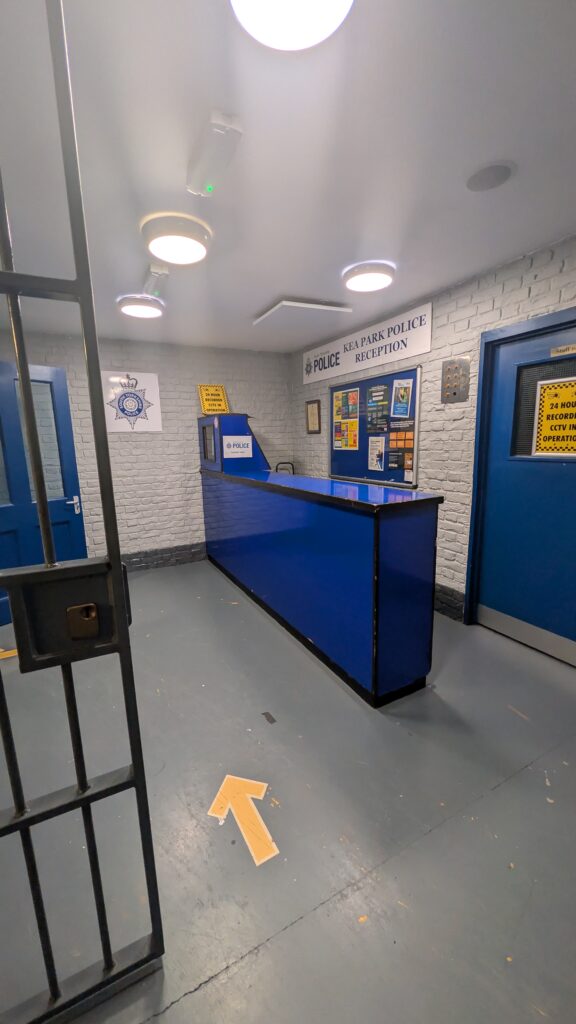
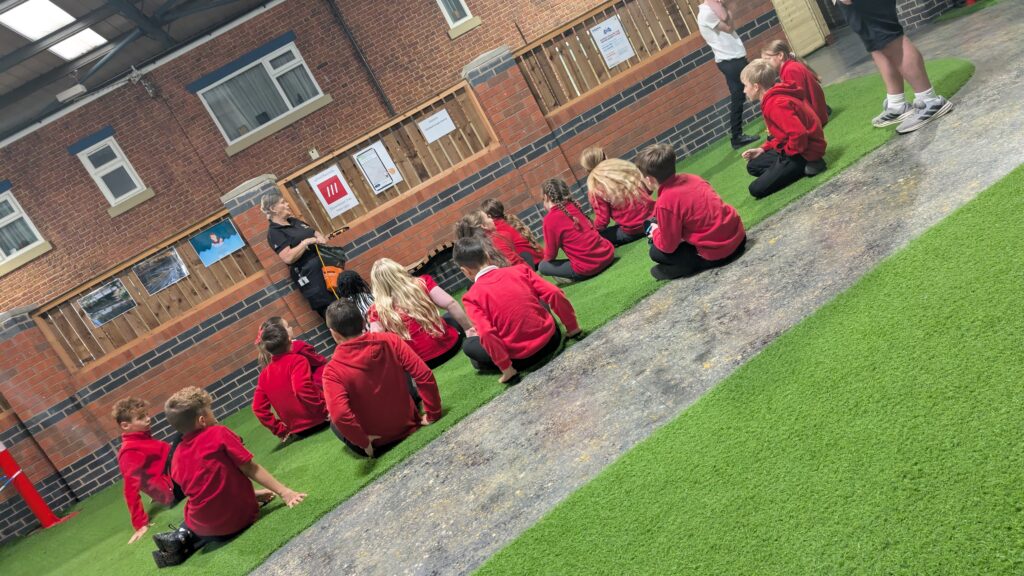
Yesterday in Crew Colclough, we began our independent writing. We have created our own historical narratives based on the book ‘Escape from Pompeii’. Today we will move onto editing and publishing our own stories.
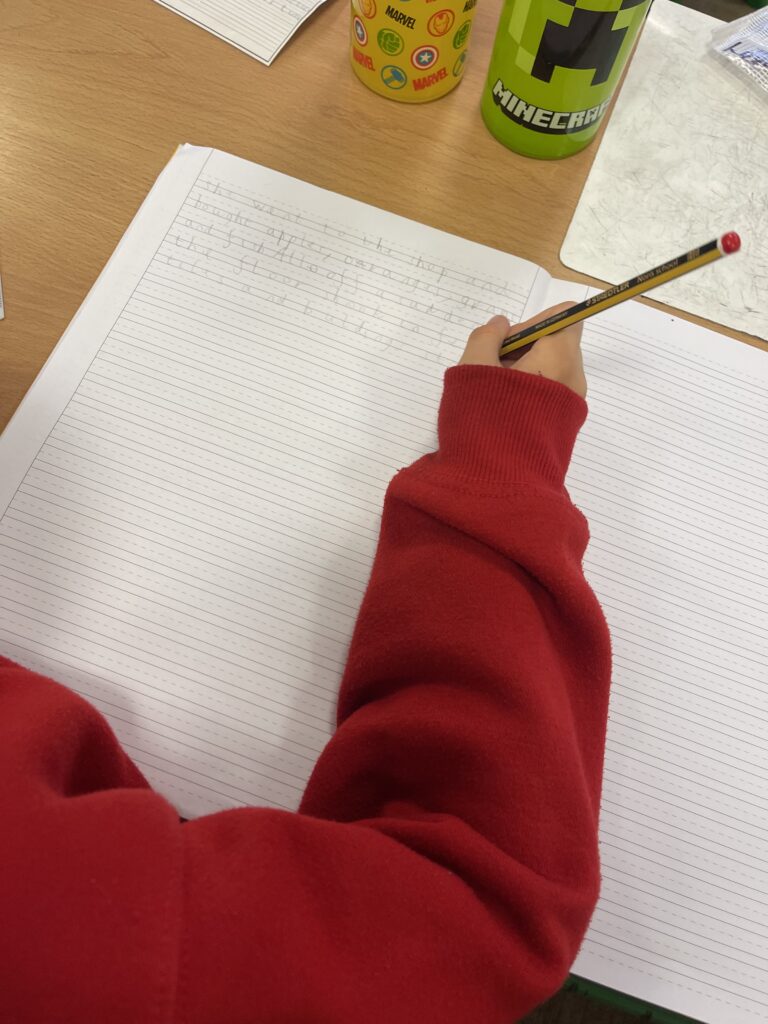
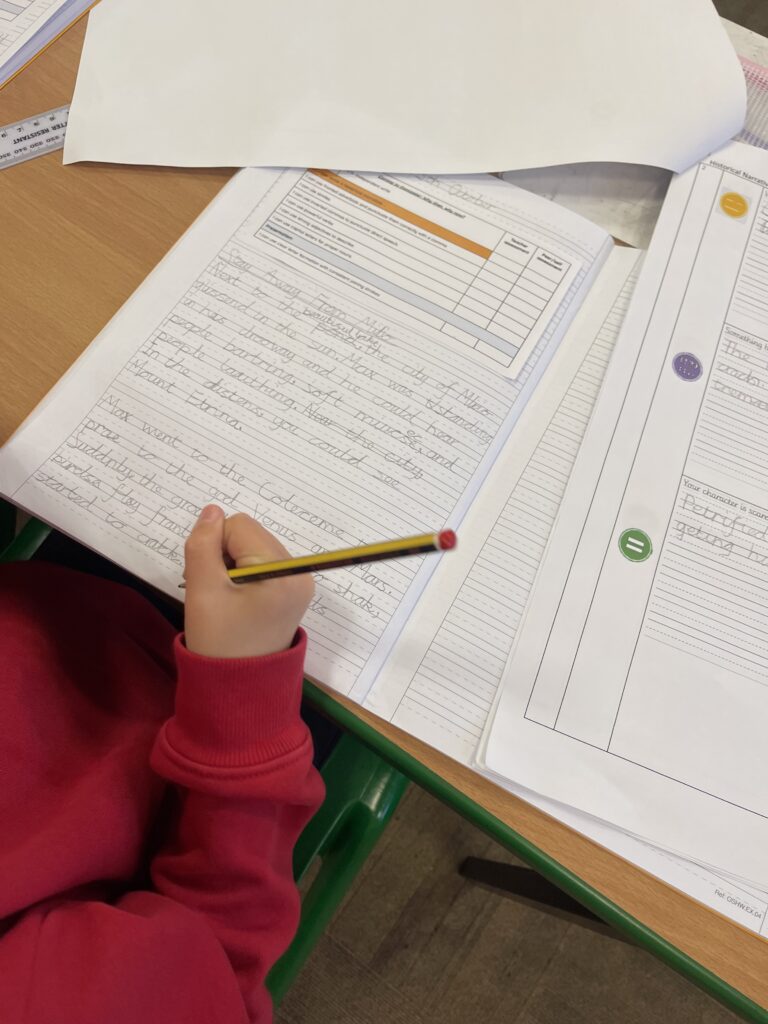
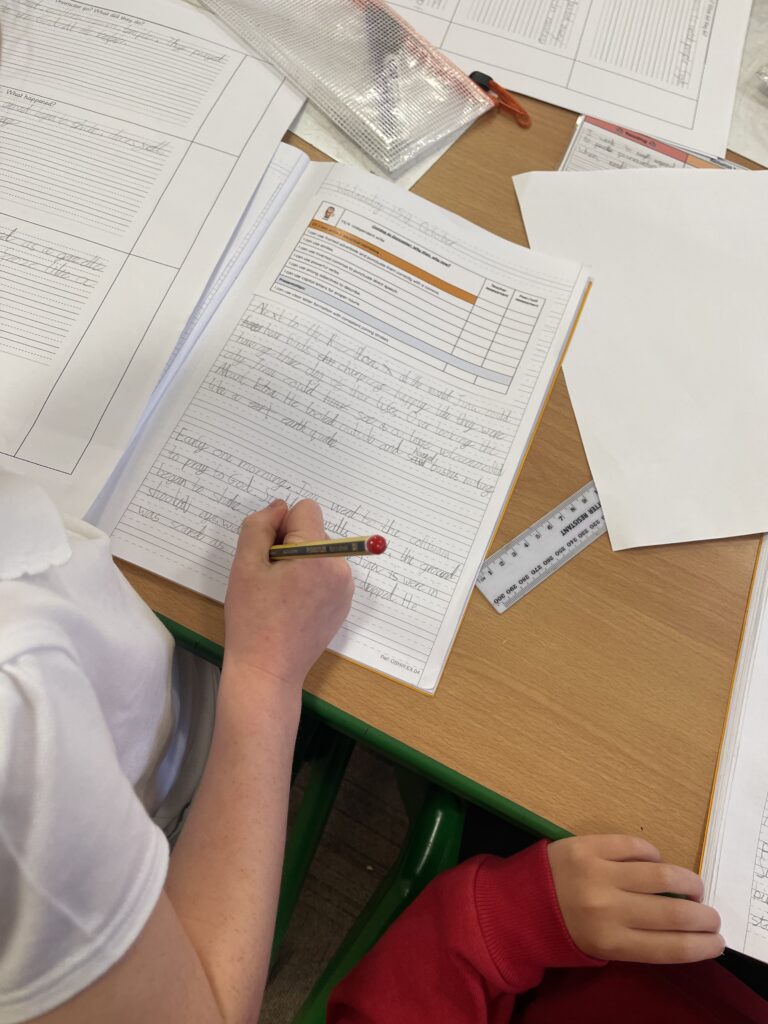
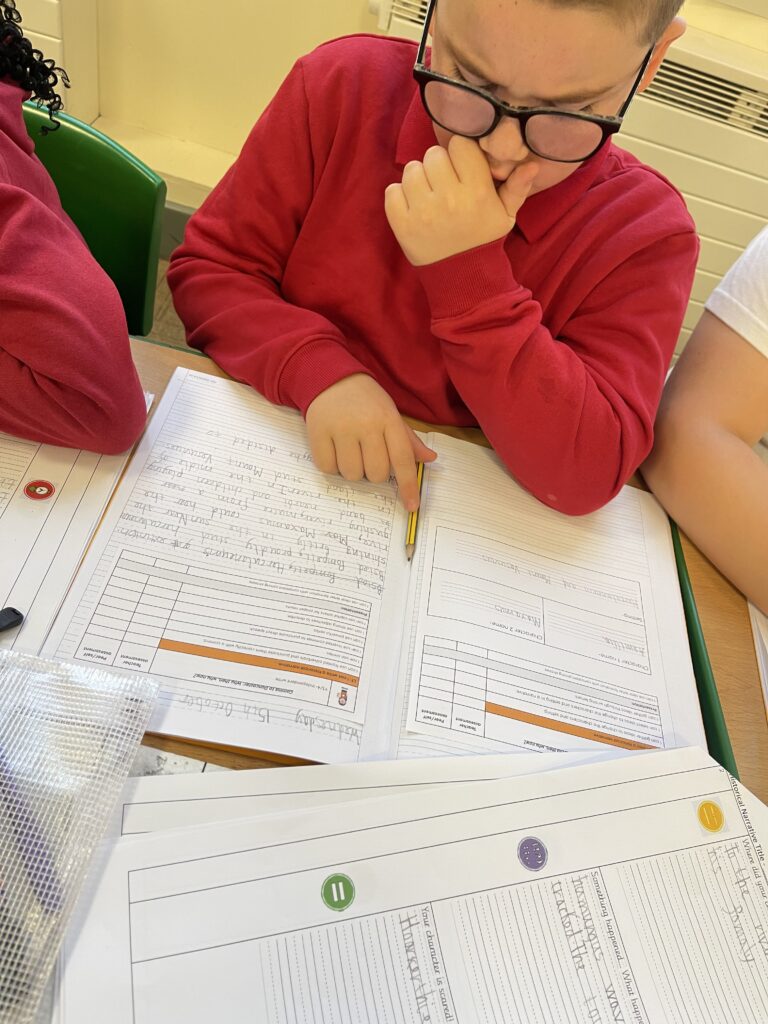
We have loved our learning about primary and secondary colours this week! We used powder paints to make primary colours and then mixed these together to make secondary colours. The children absolutely loved listening to calm music as we got busy. What a lovely Wednesday!
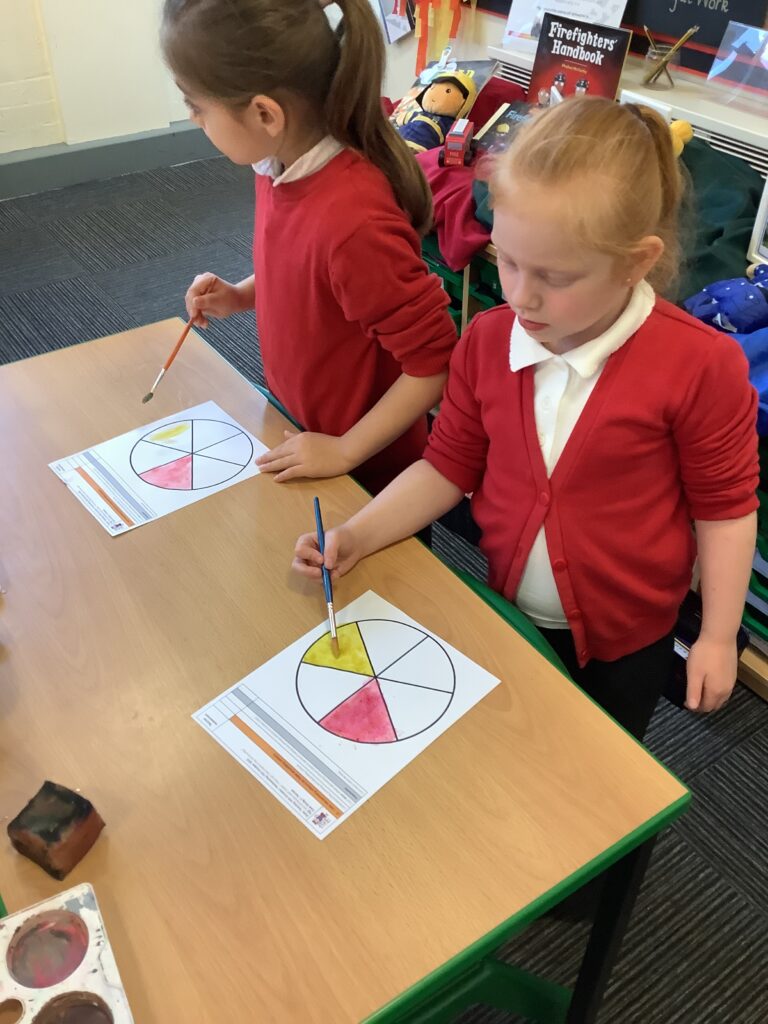
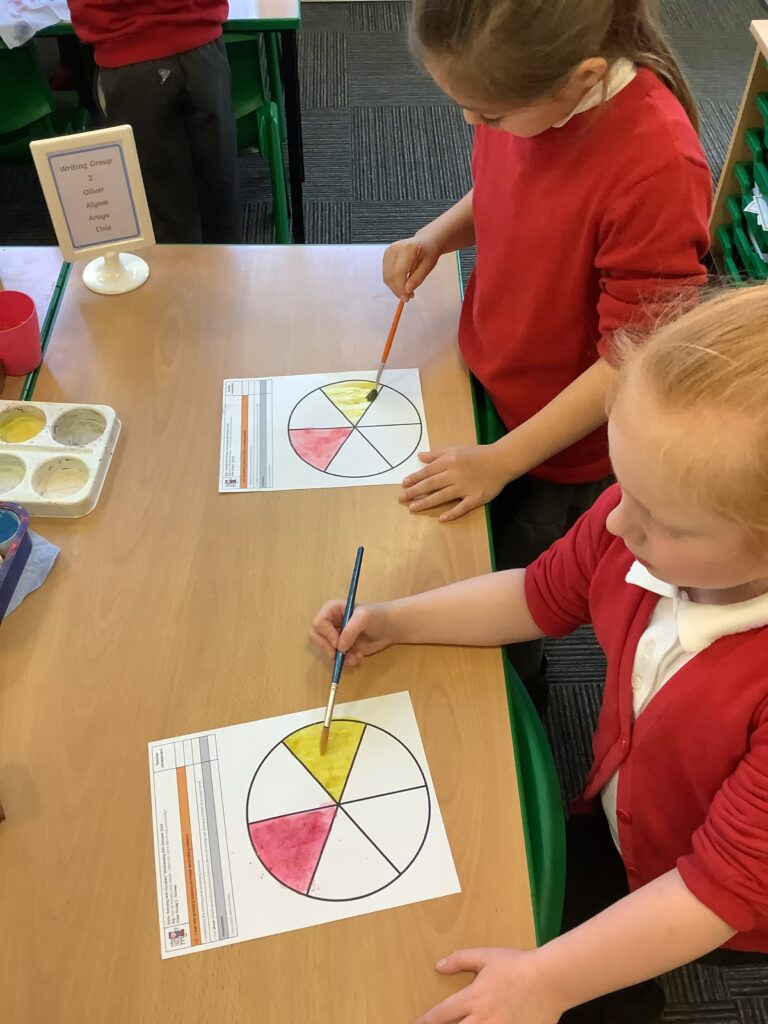
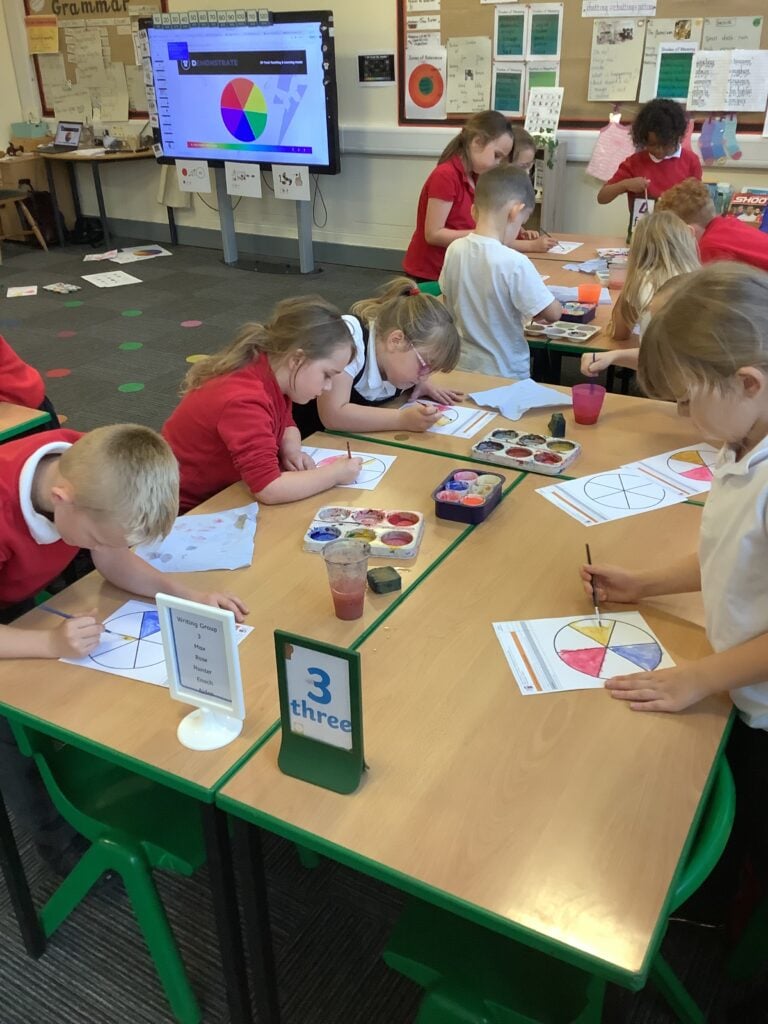
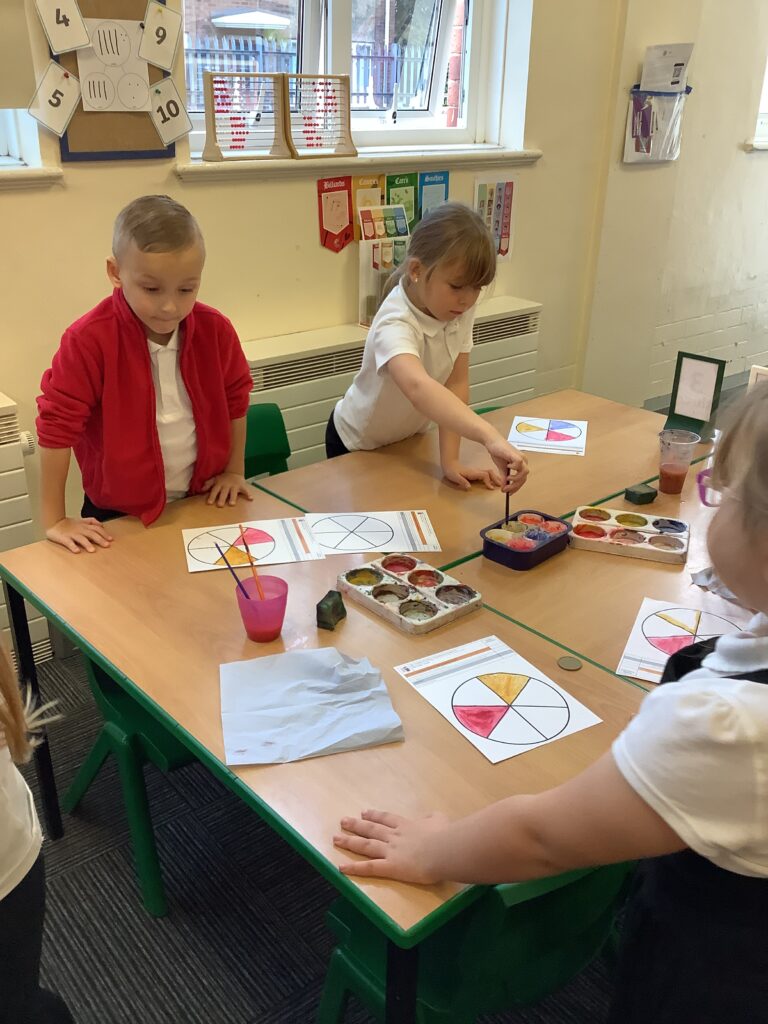
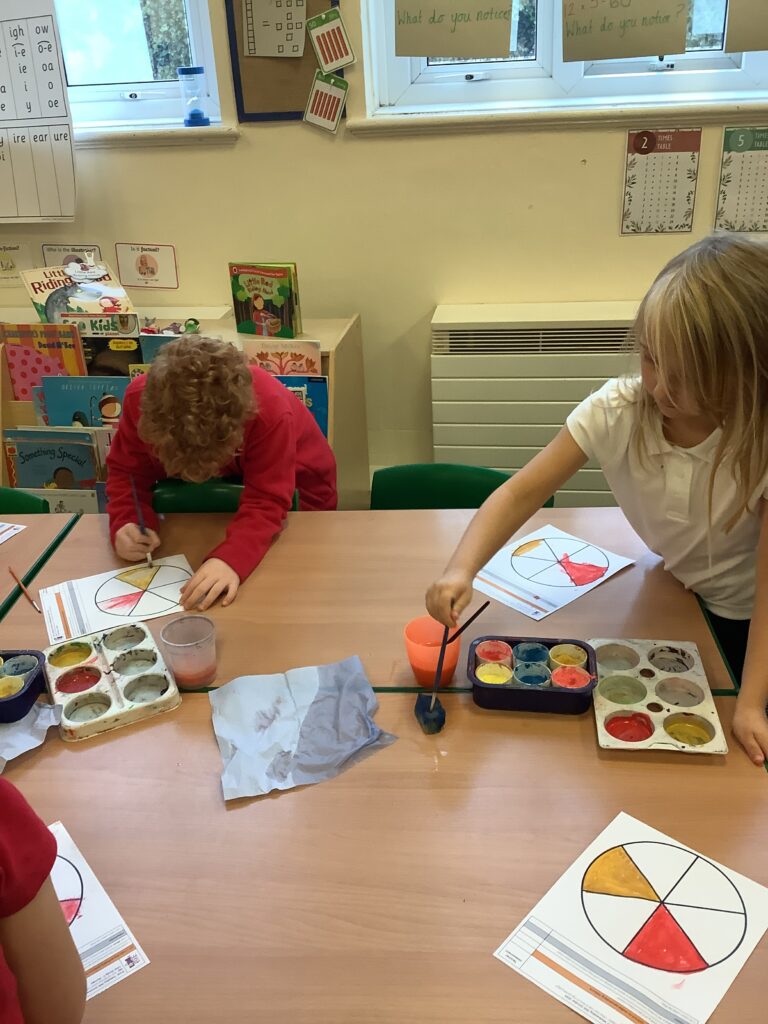
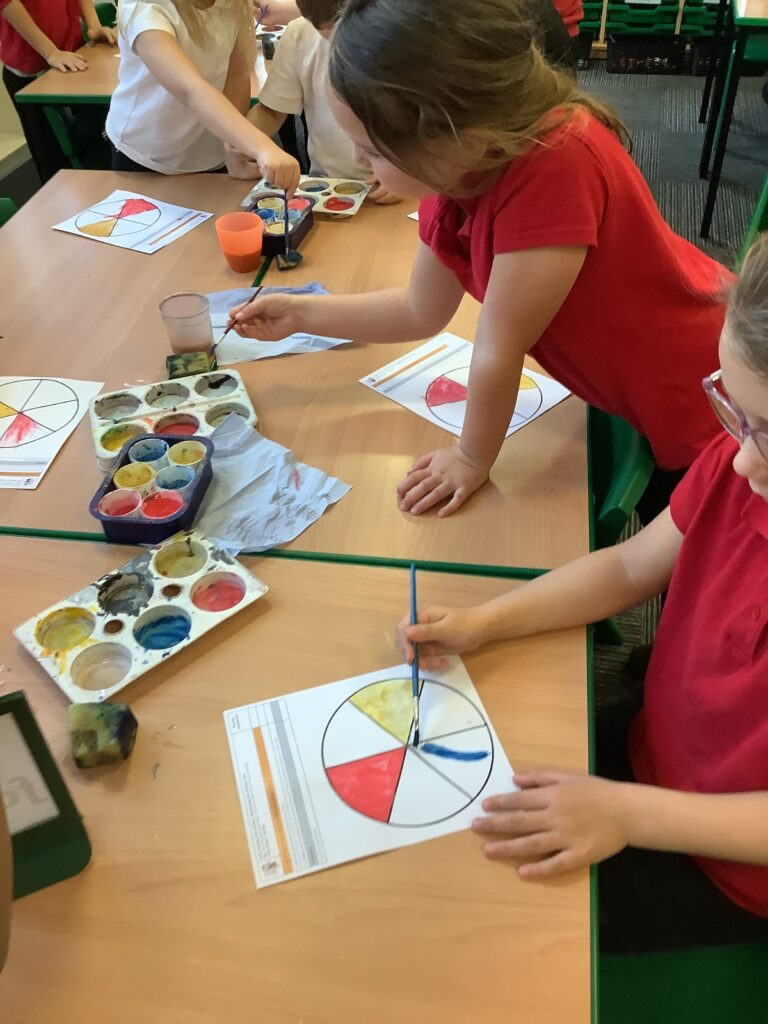
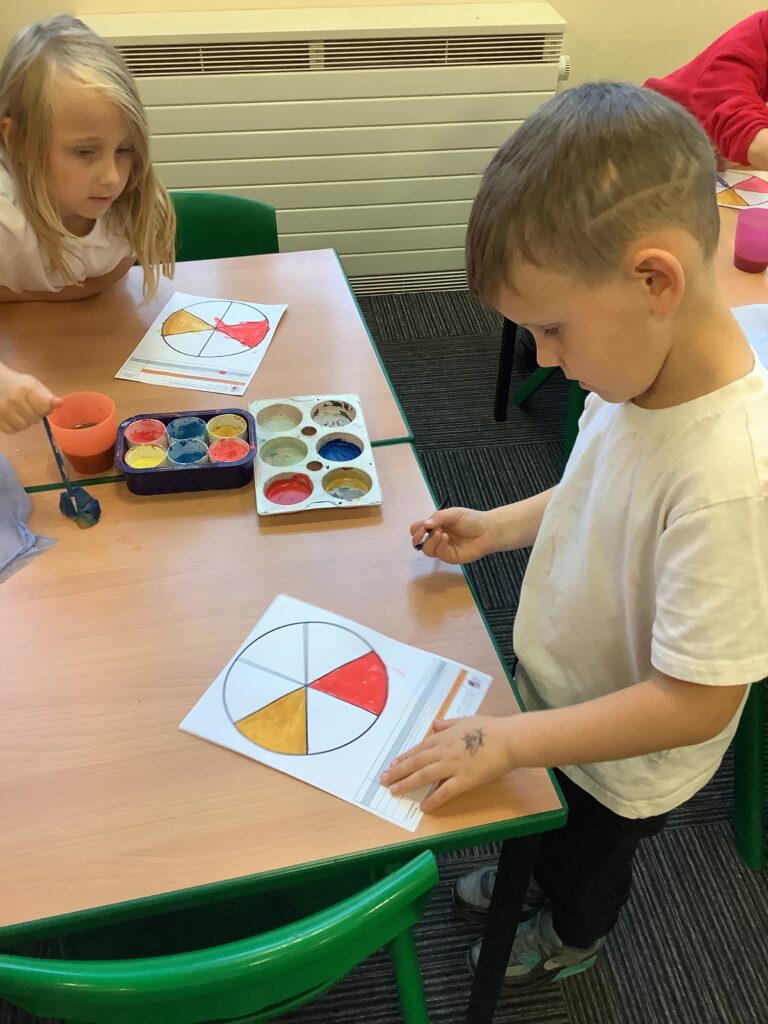

Today in expedition the children got to make their own roman sundial and learn about why they did not have a clock.
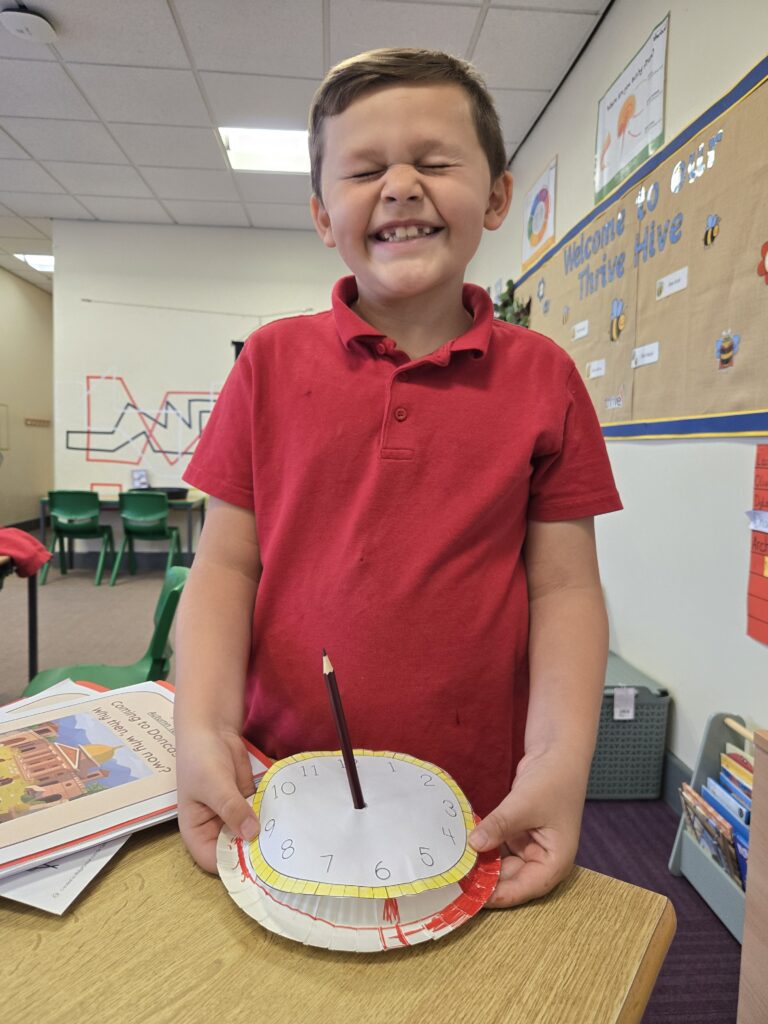
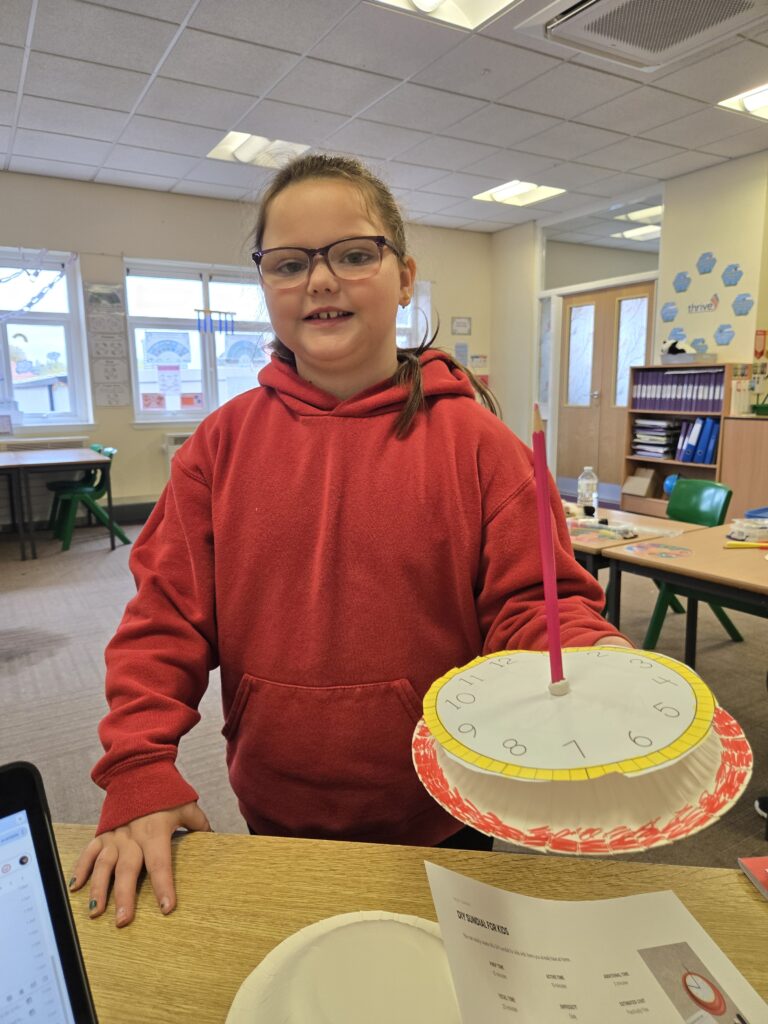
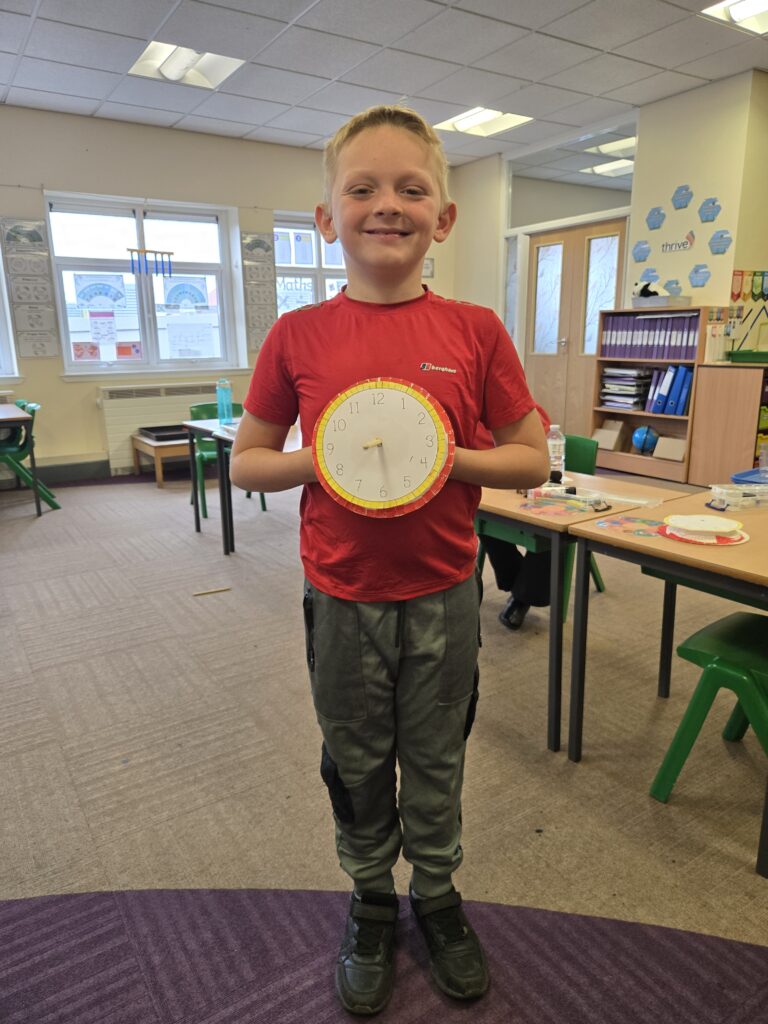
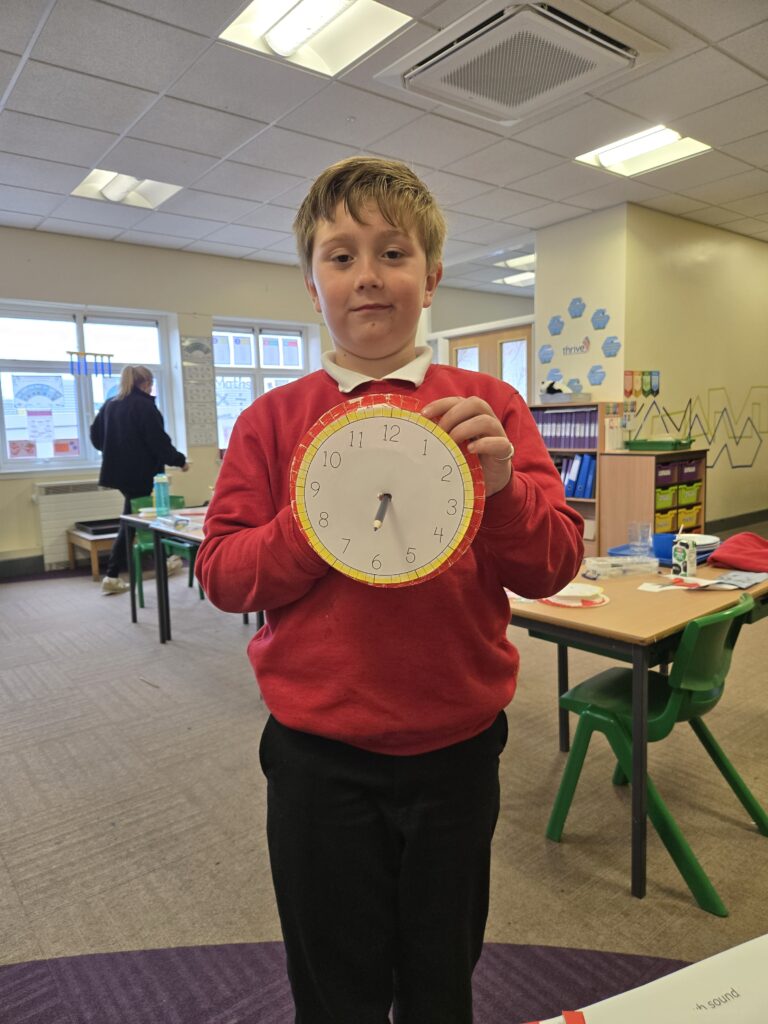
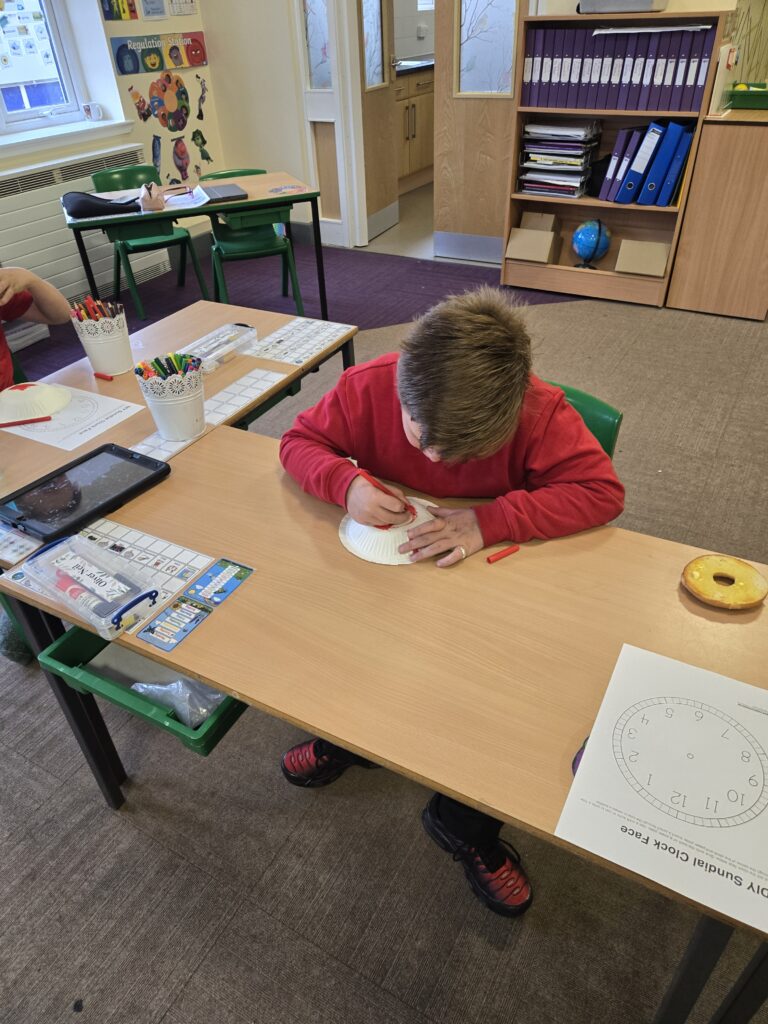
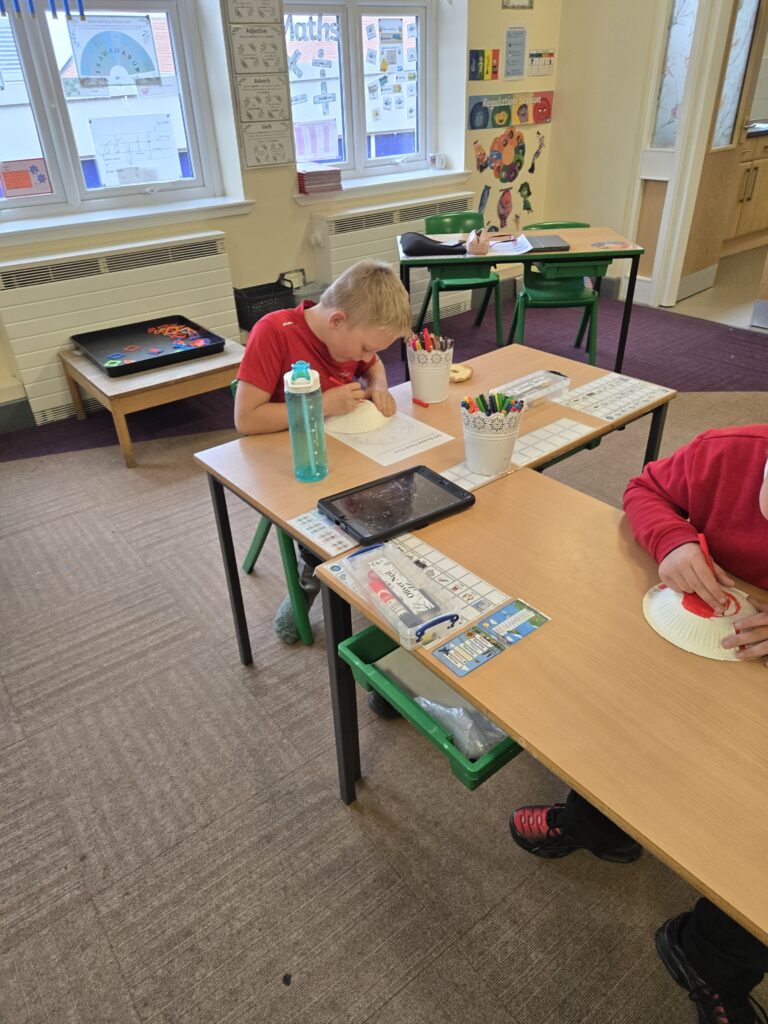
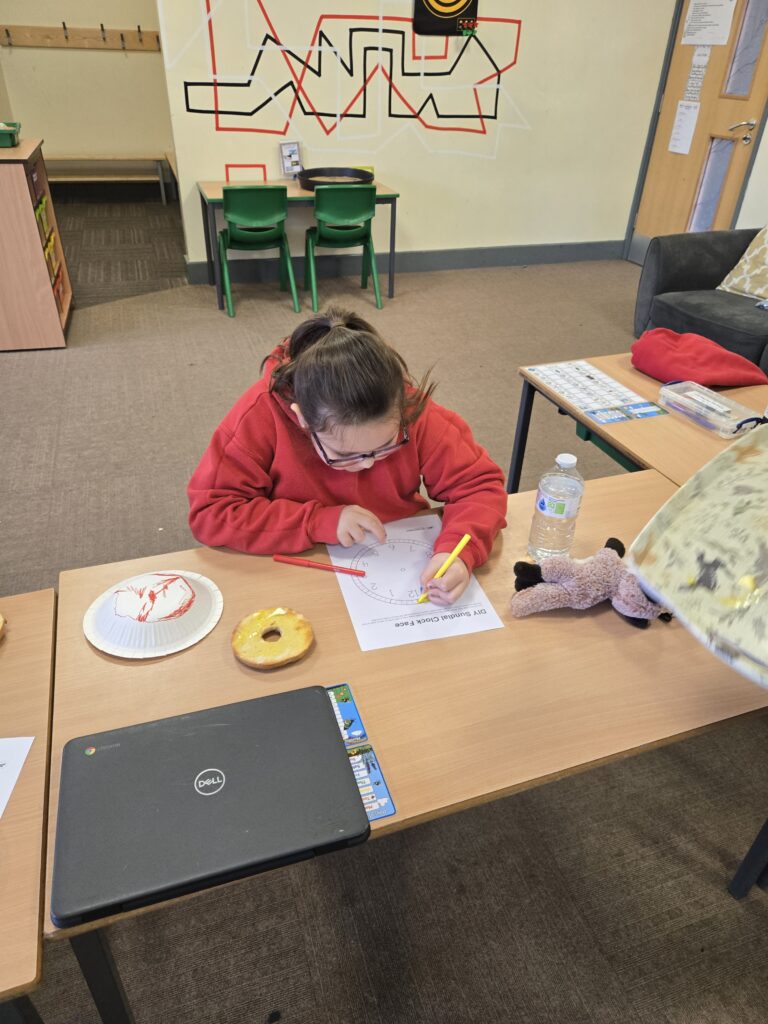
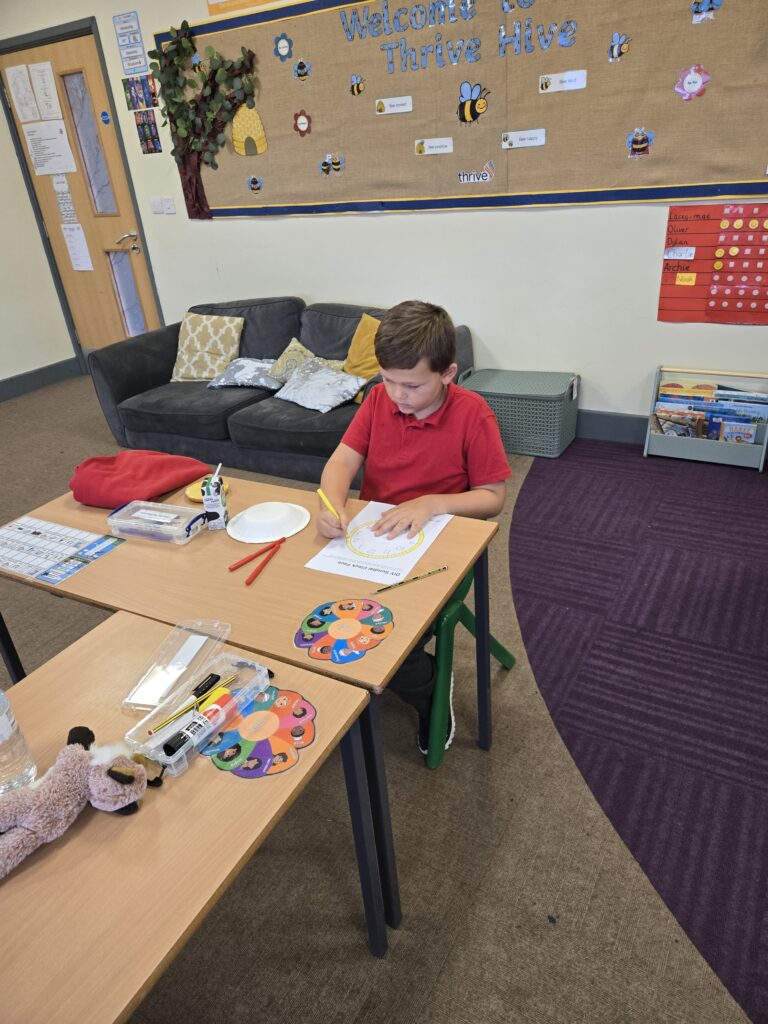
Today, Crew McLoughlin had a fantastic expedition science lesson learning about the different parts of plants and their roles. The class explored real plants kindly shared from Miss Newman’s mum’s garden, which made the lesson extra special!
Students carefully examined roots, stems, leaves, and flowers, discussing how each part helps the plant grow and stay healthy. They loved getting hands-on with the plants and spotting the unique features of each one.
